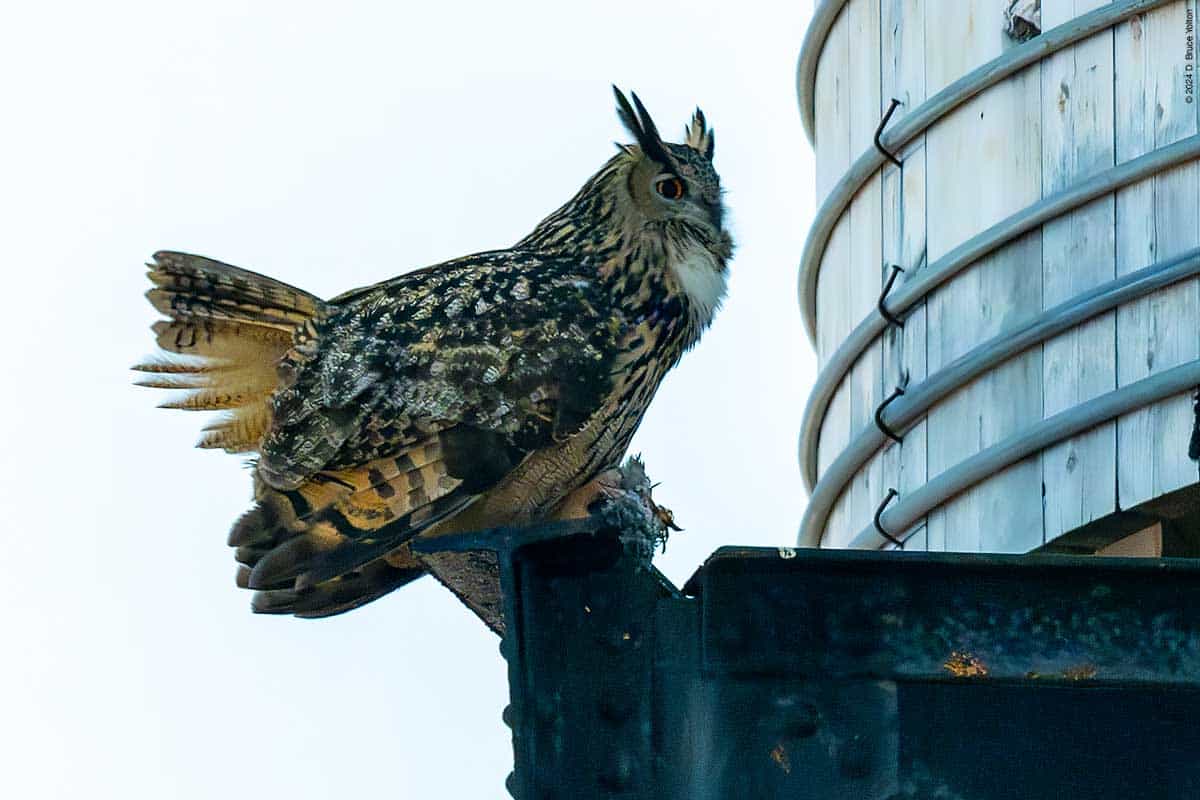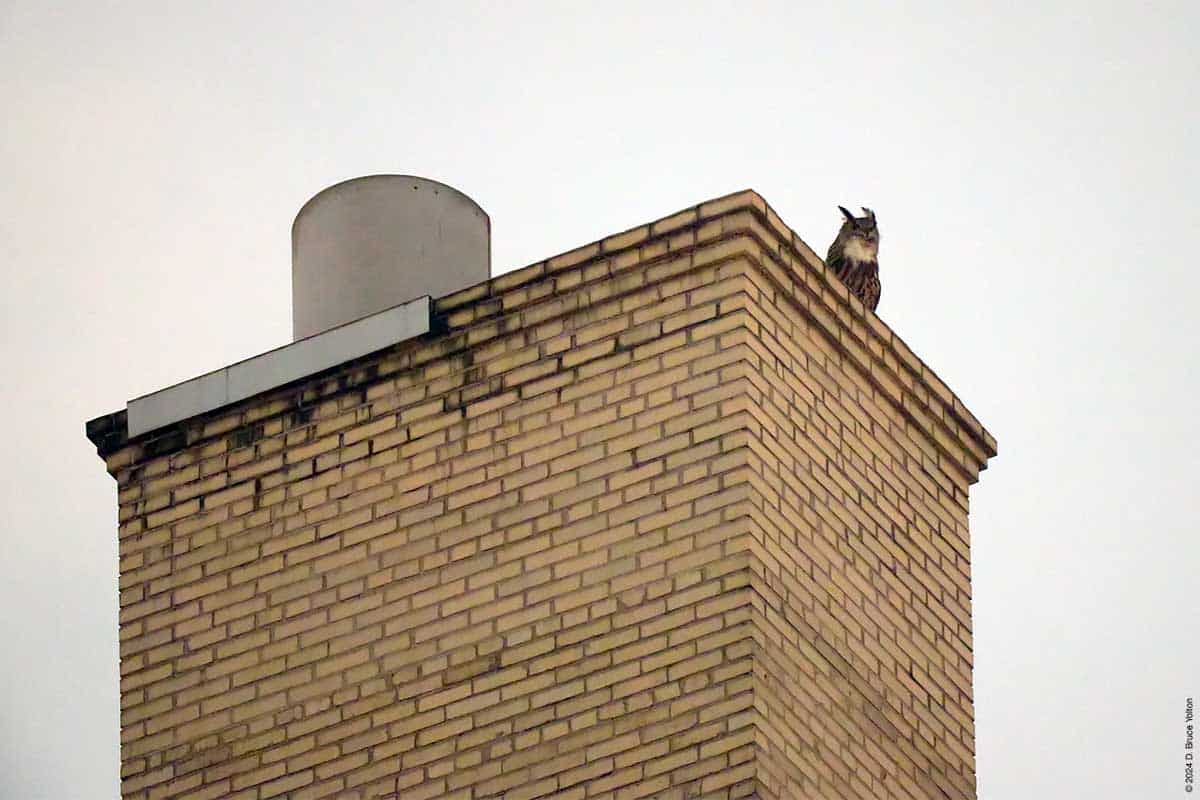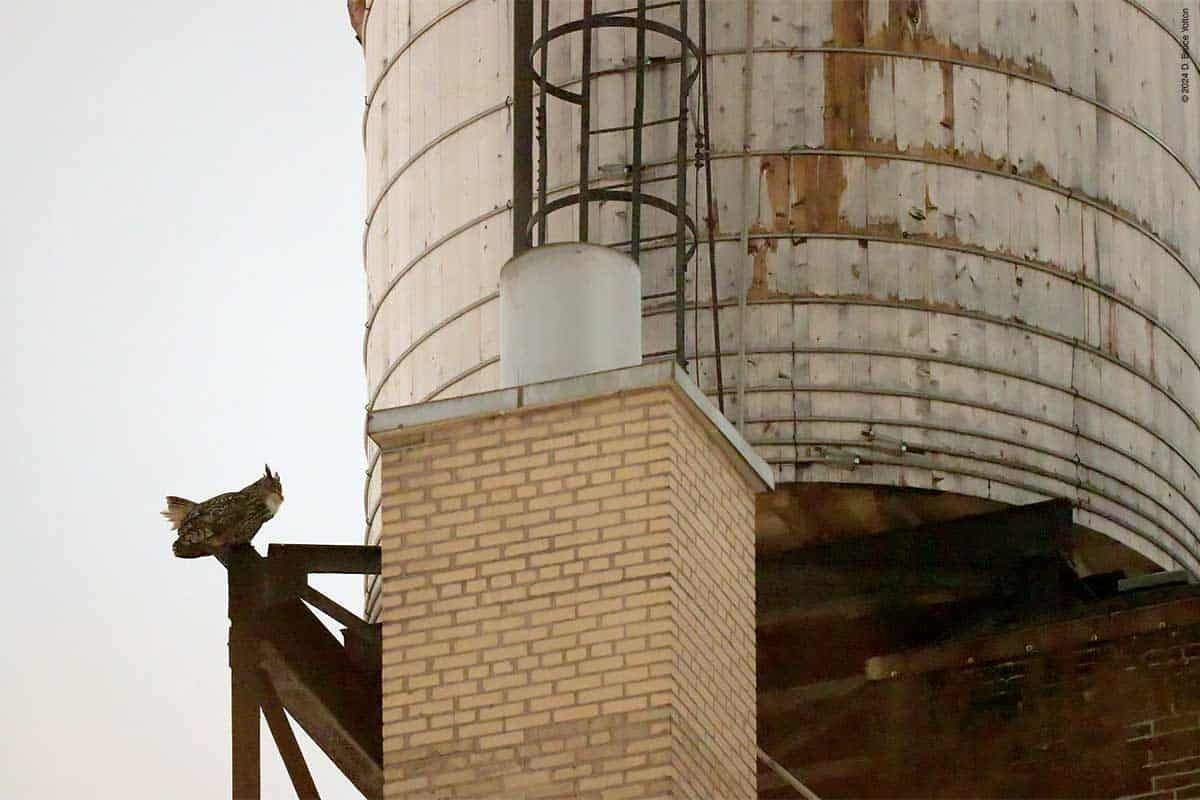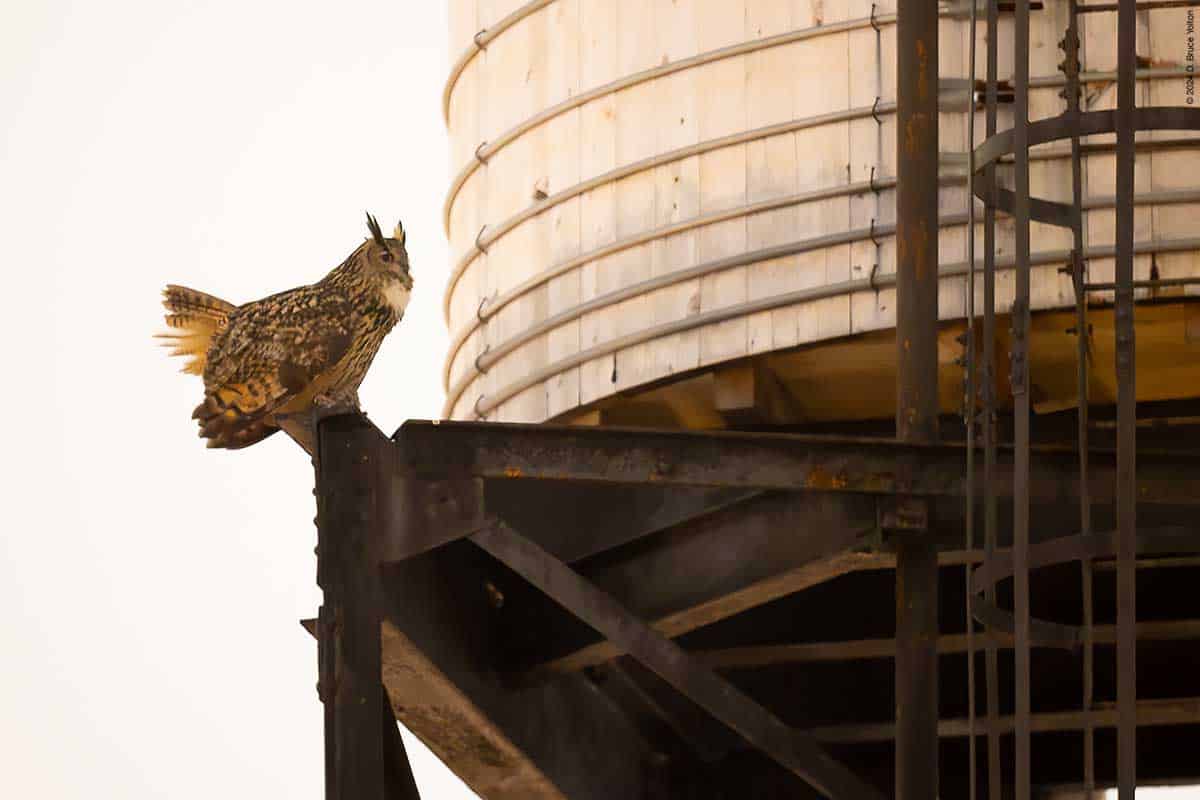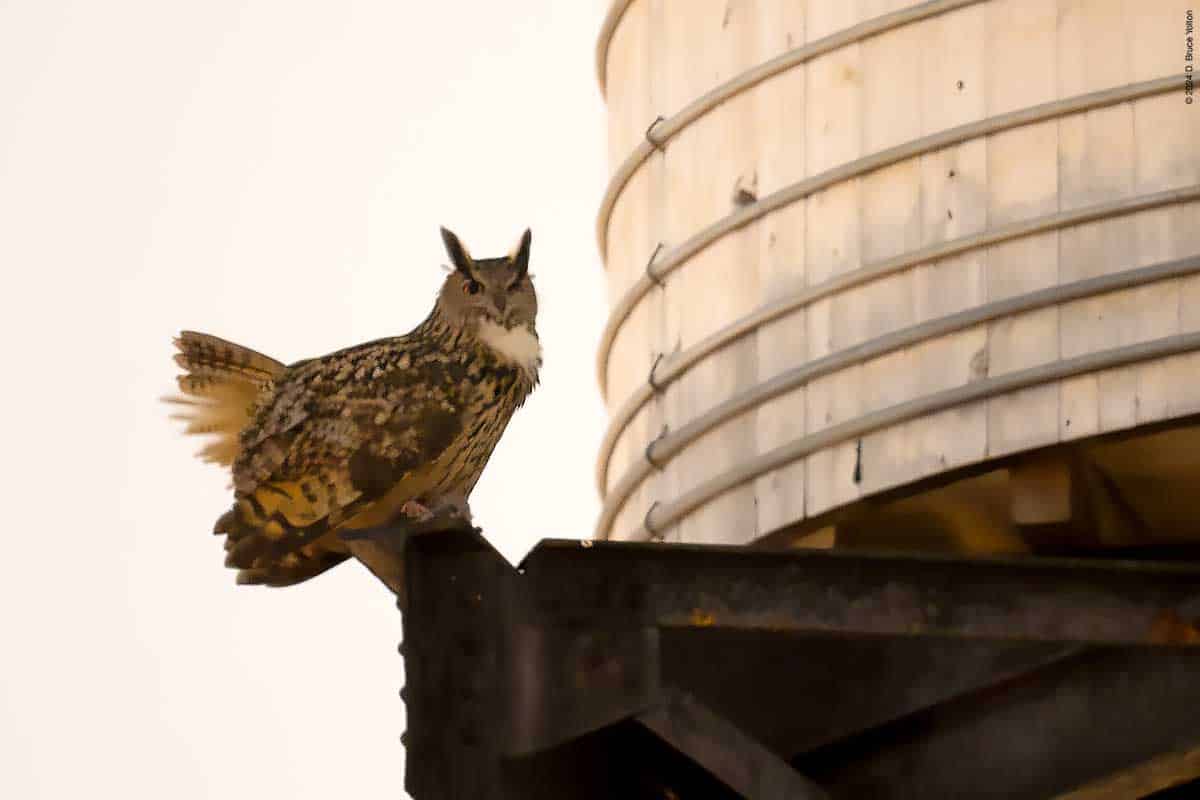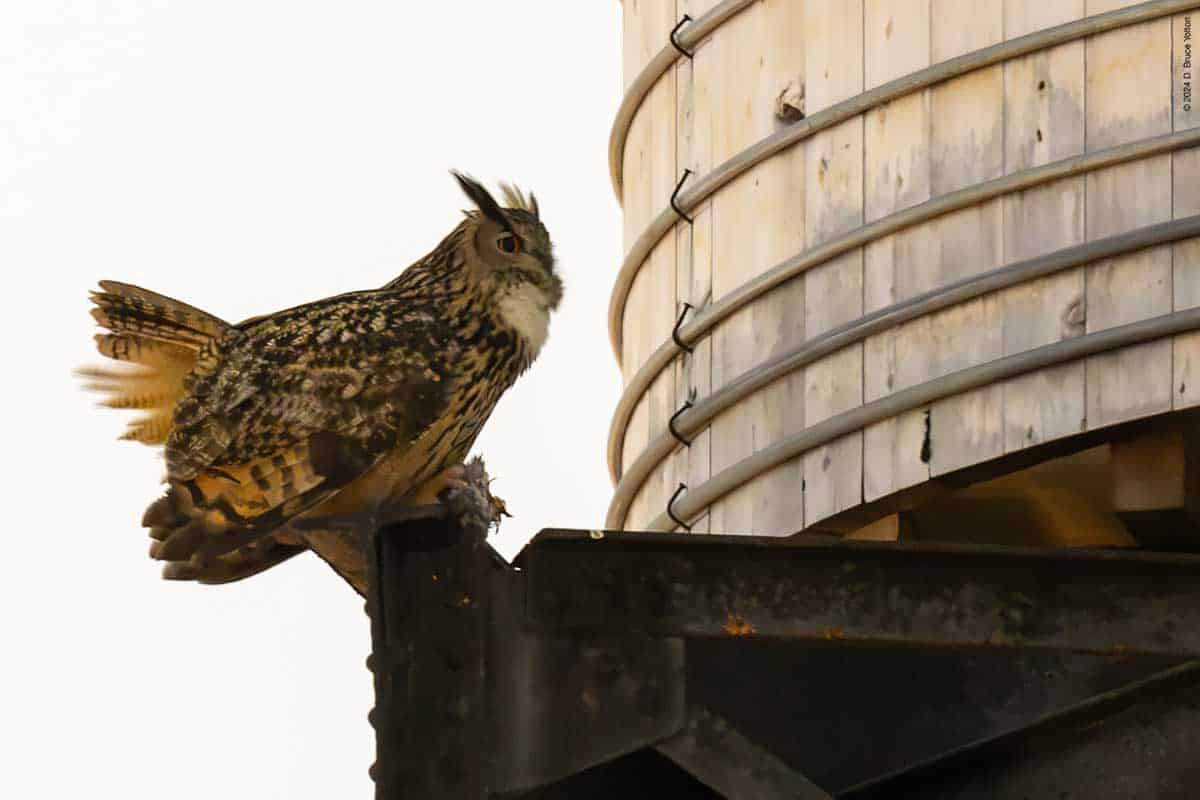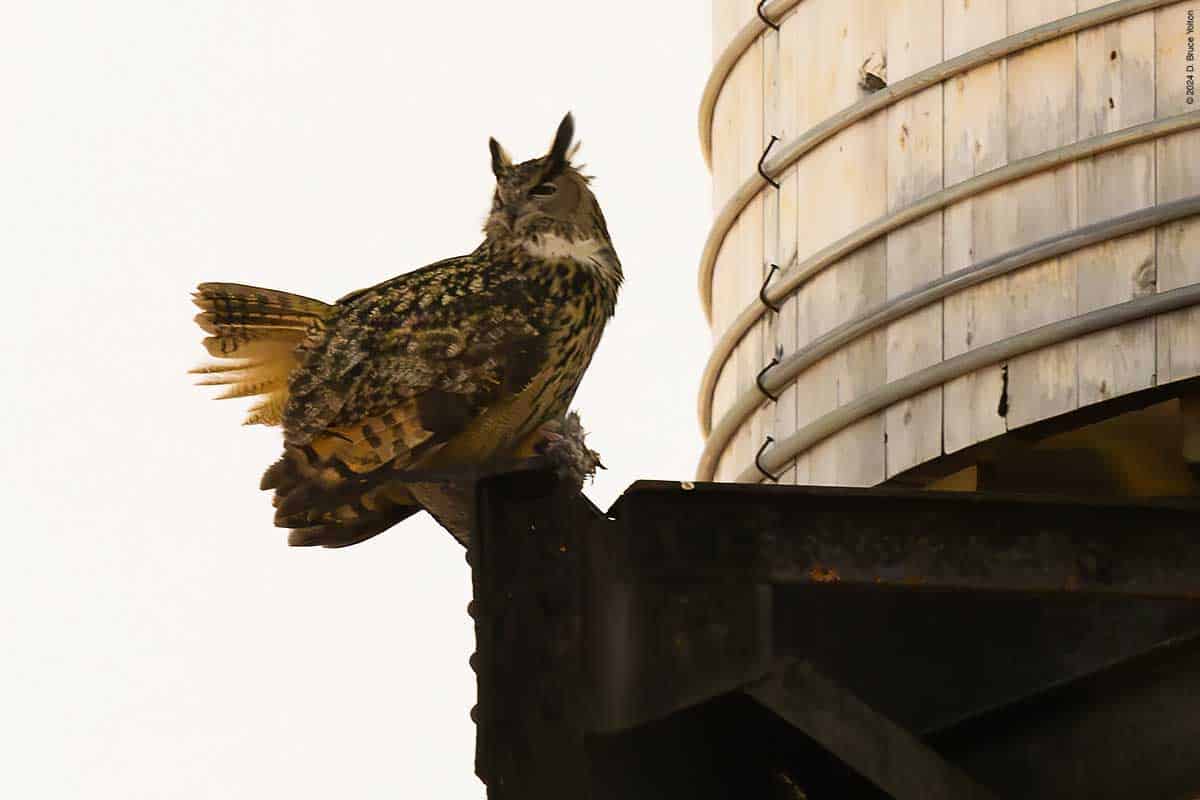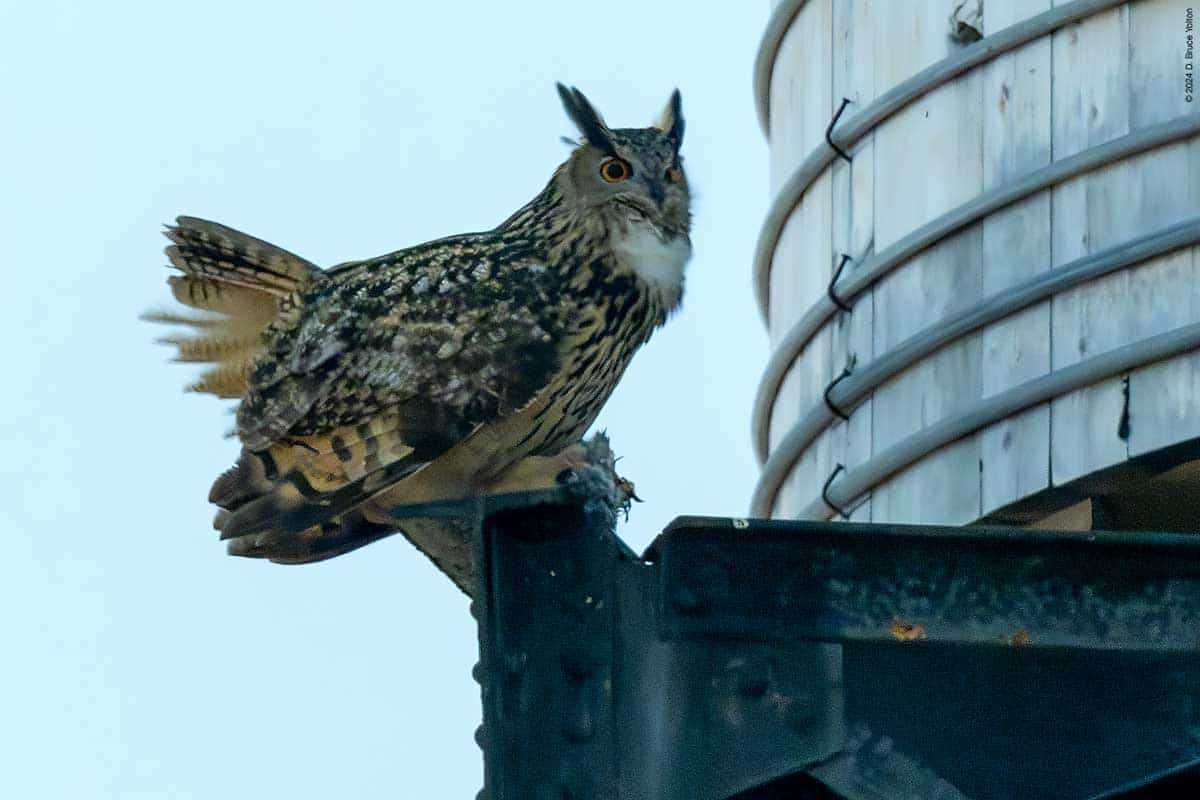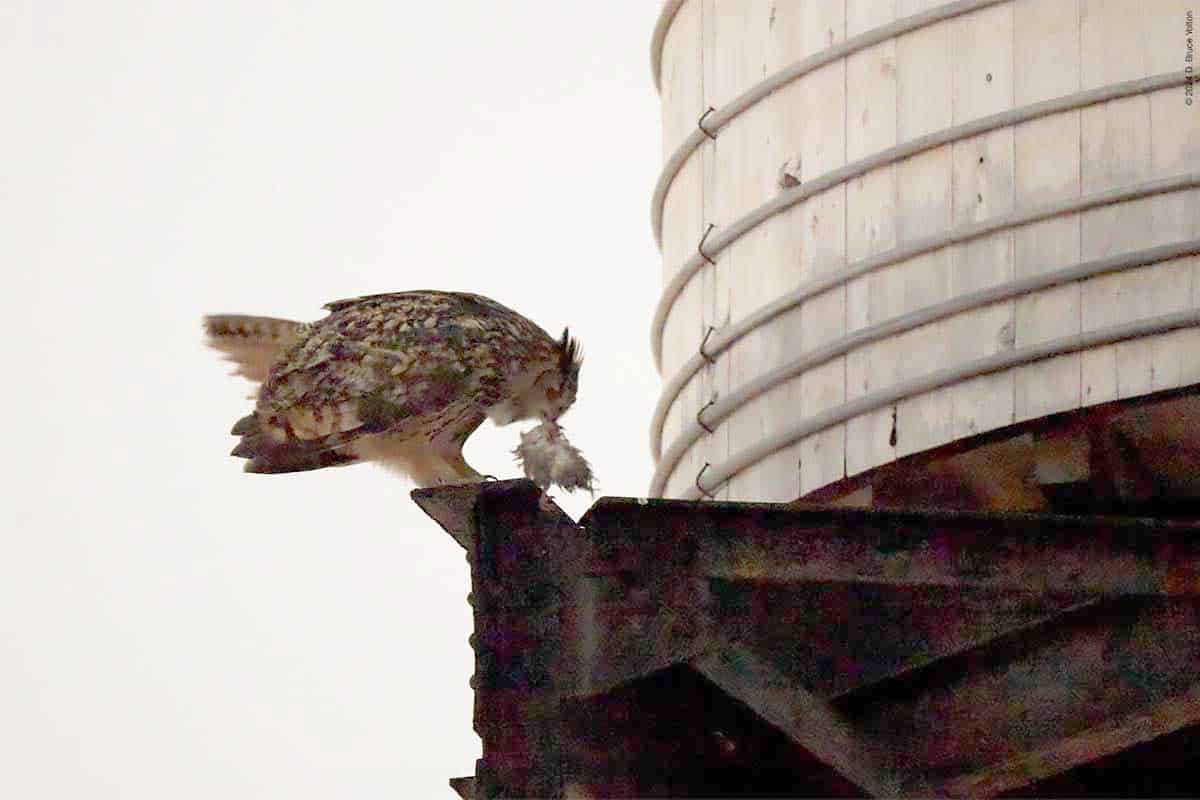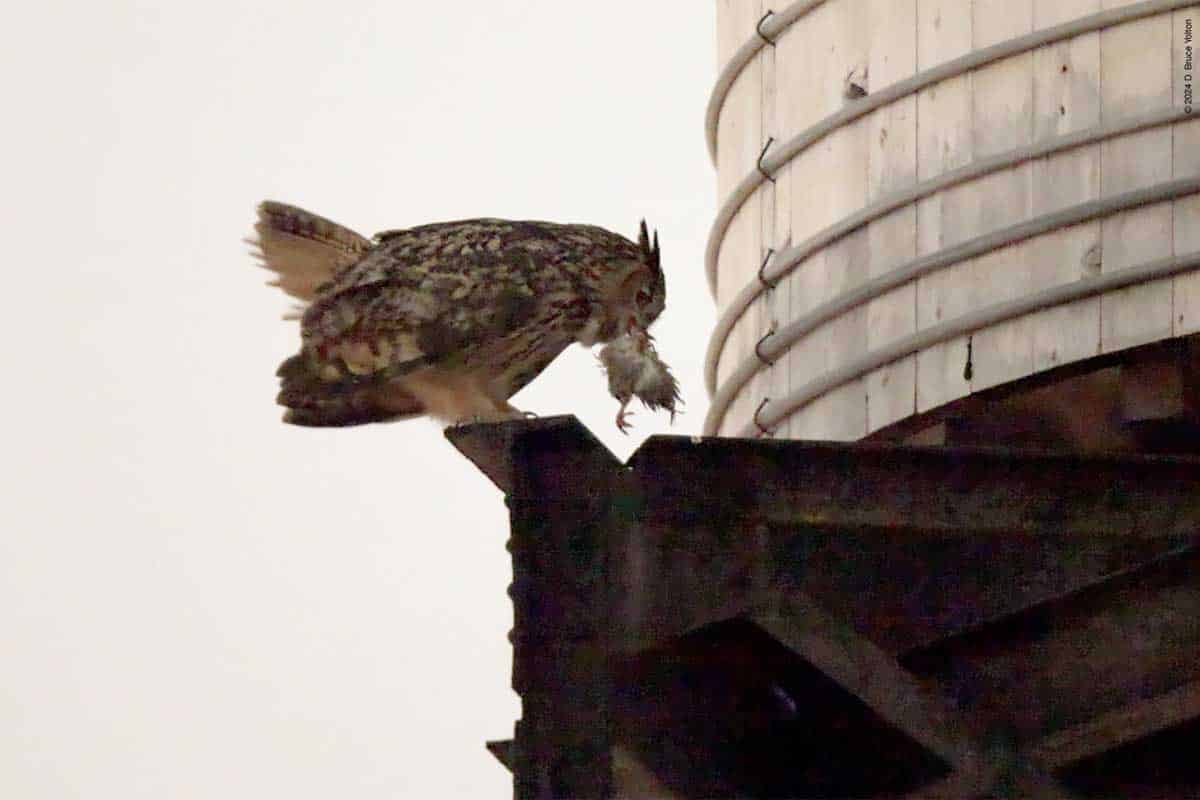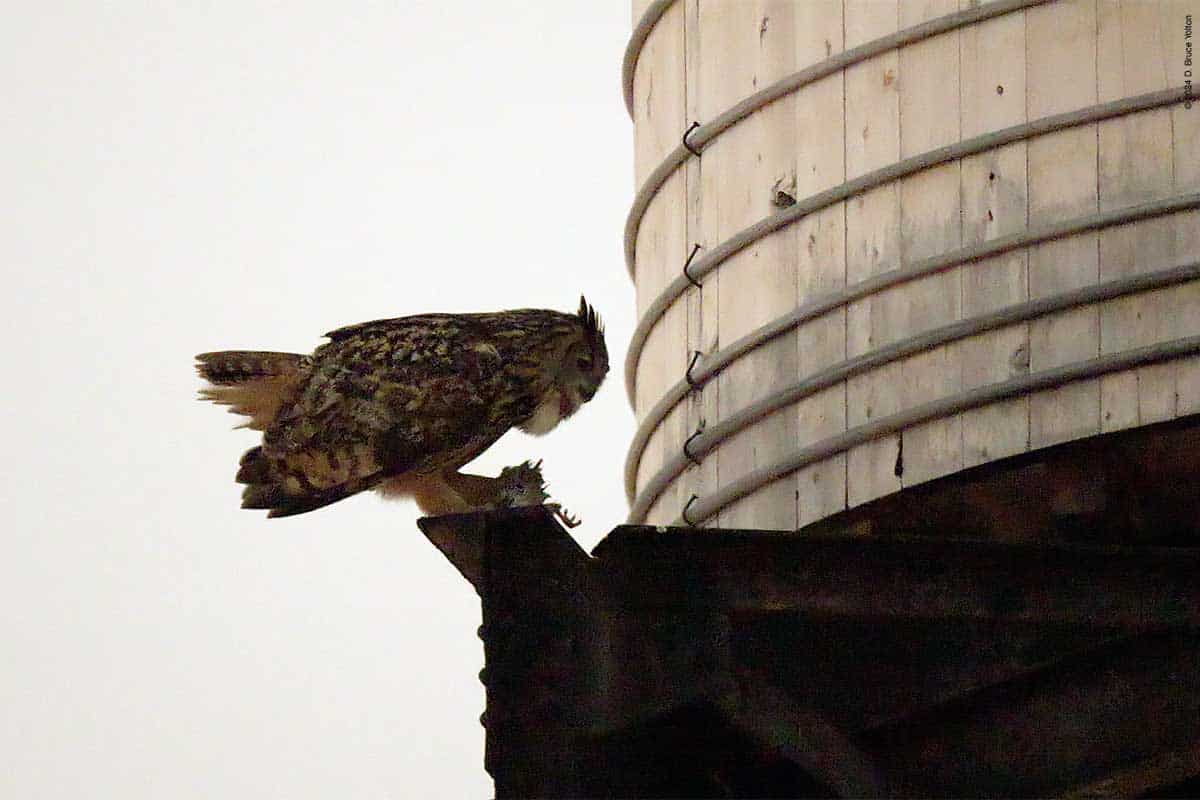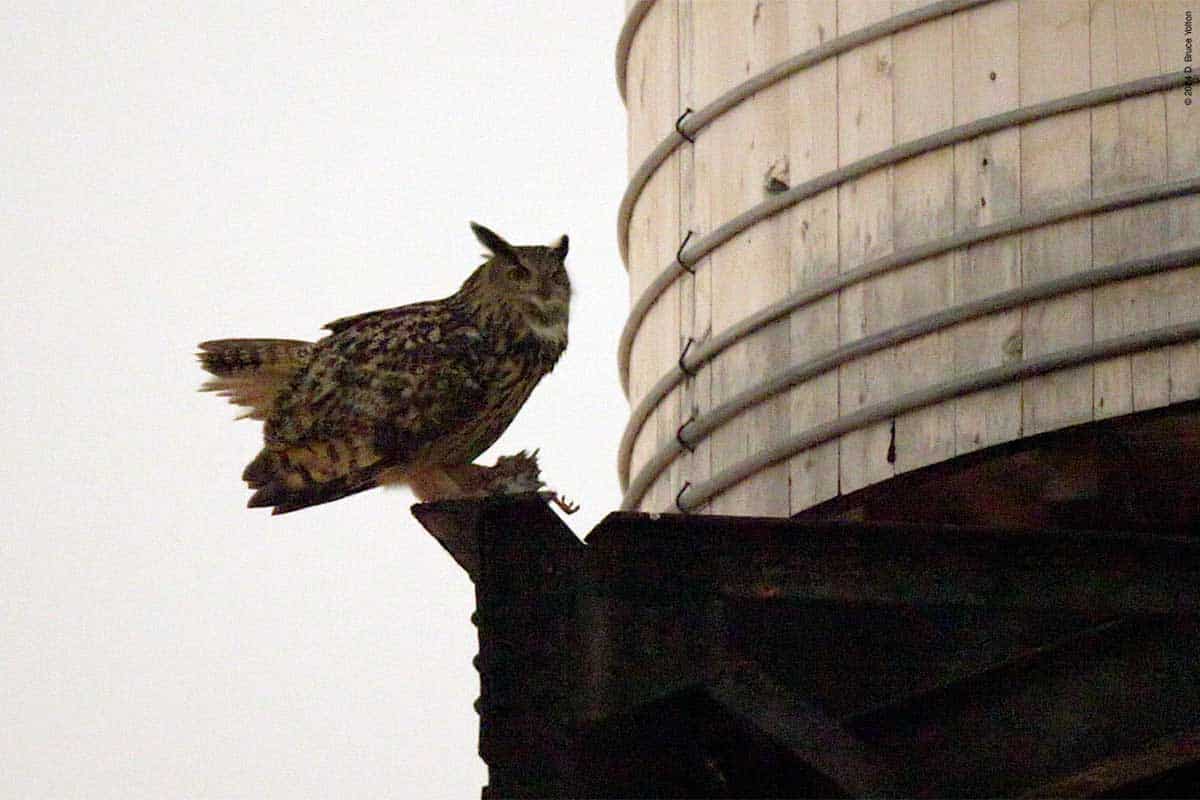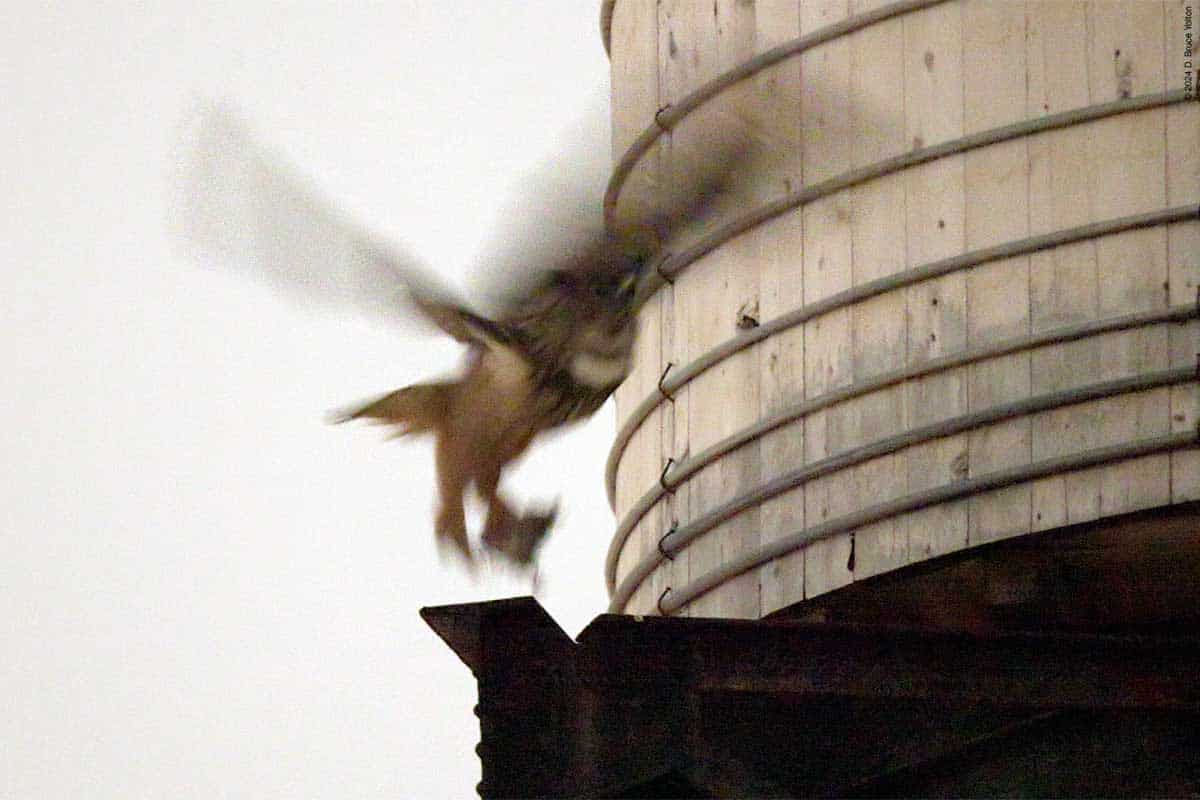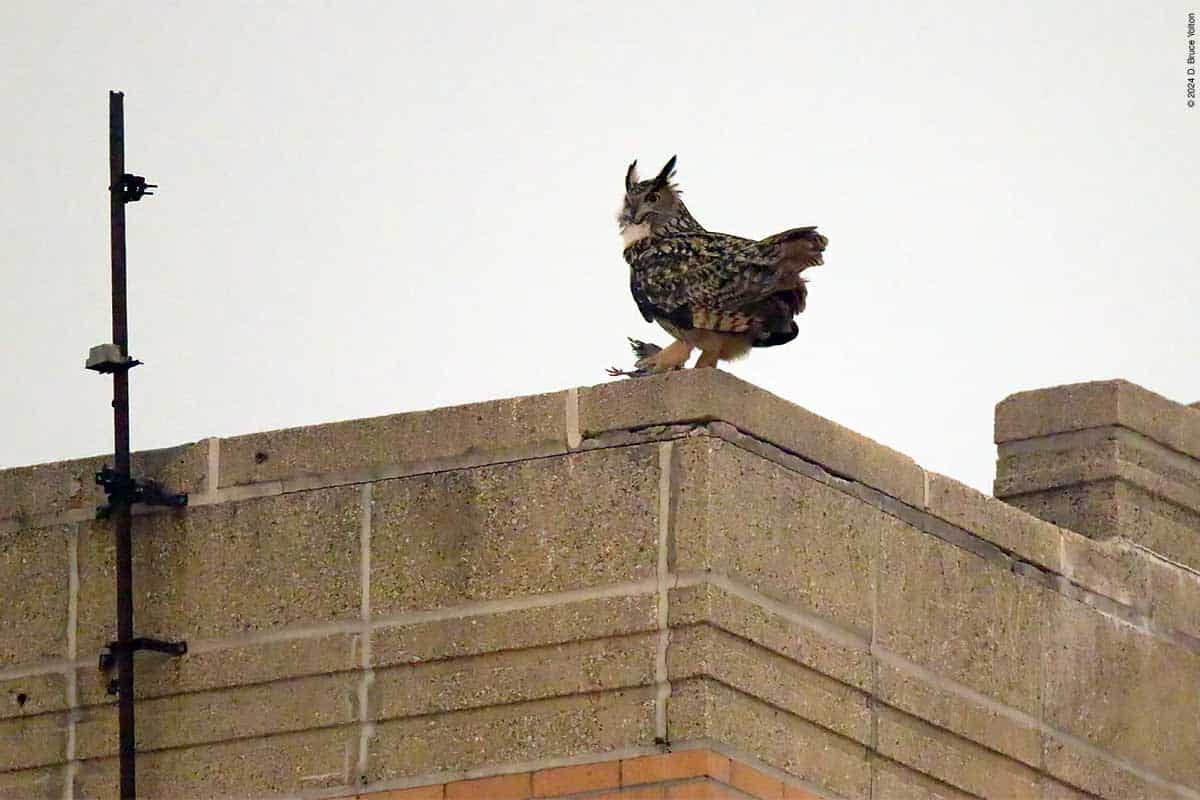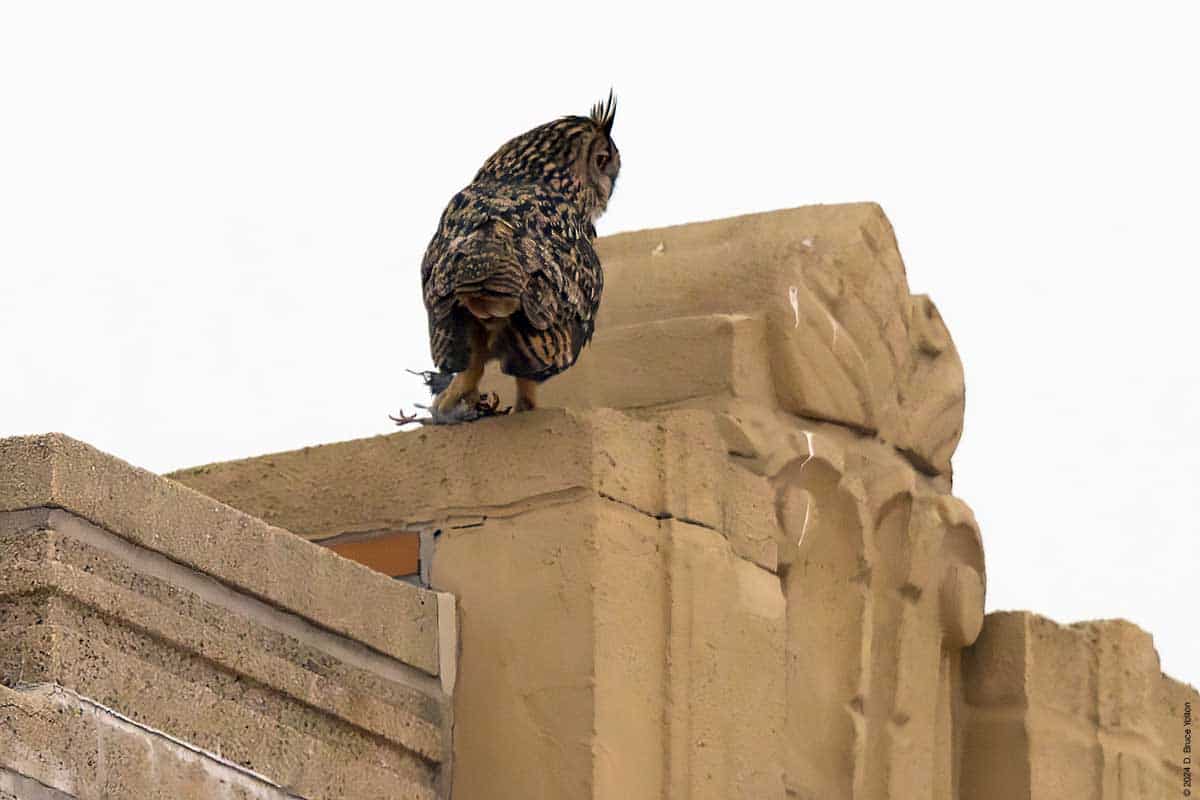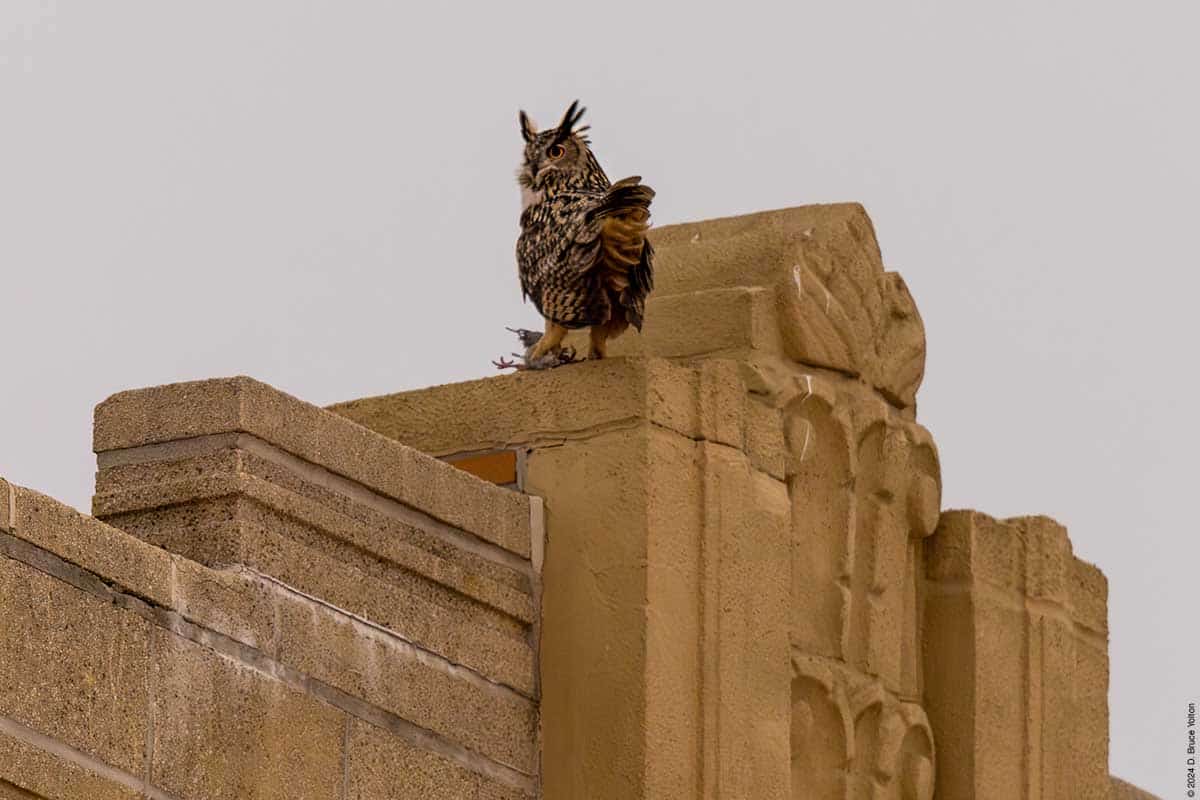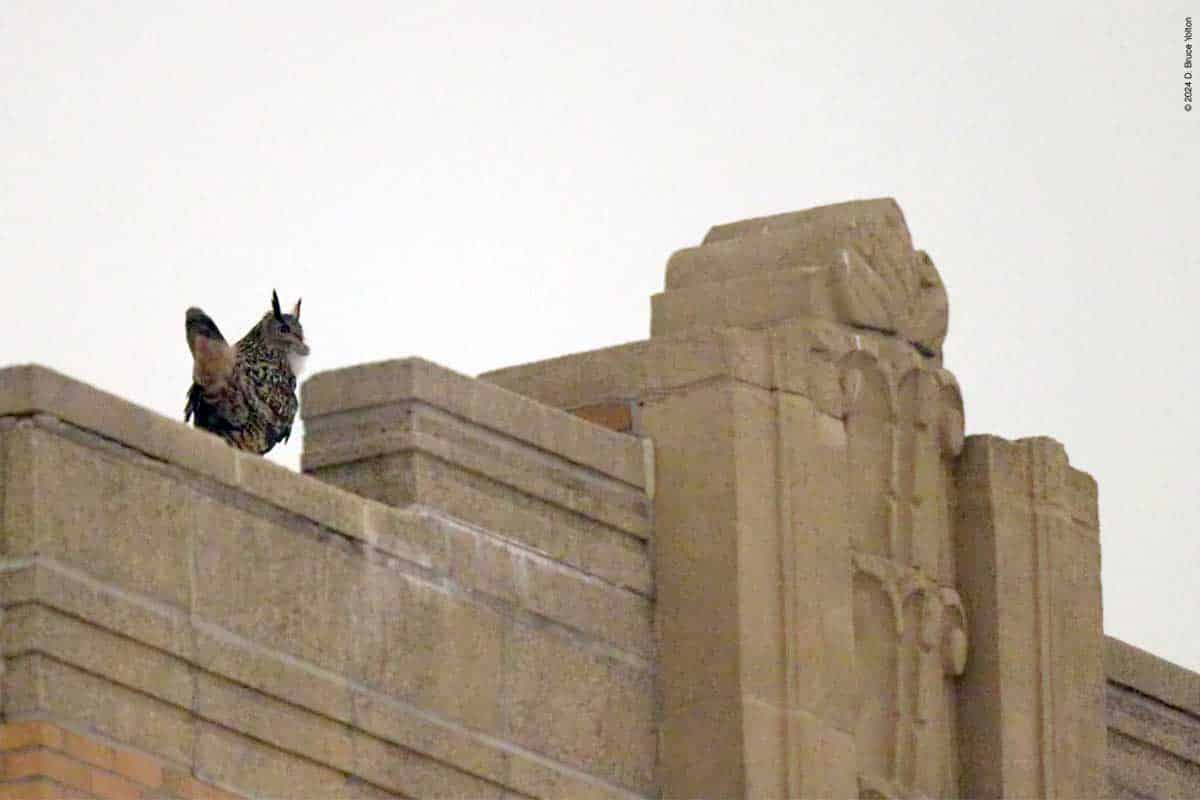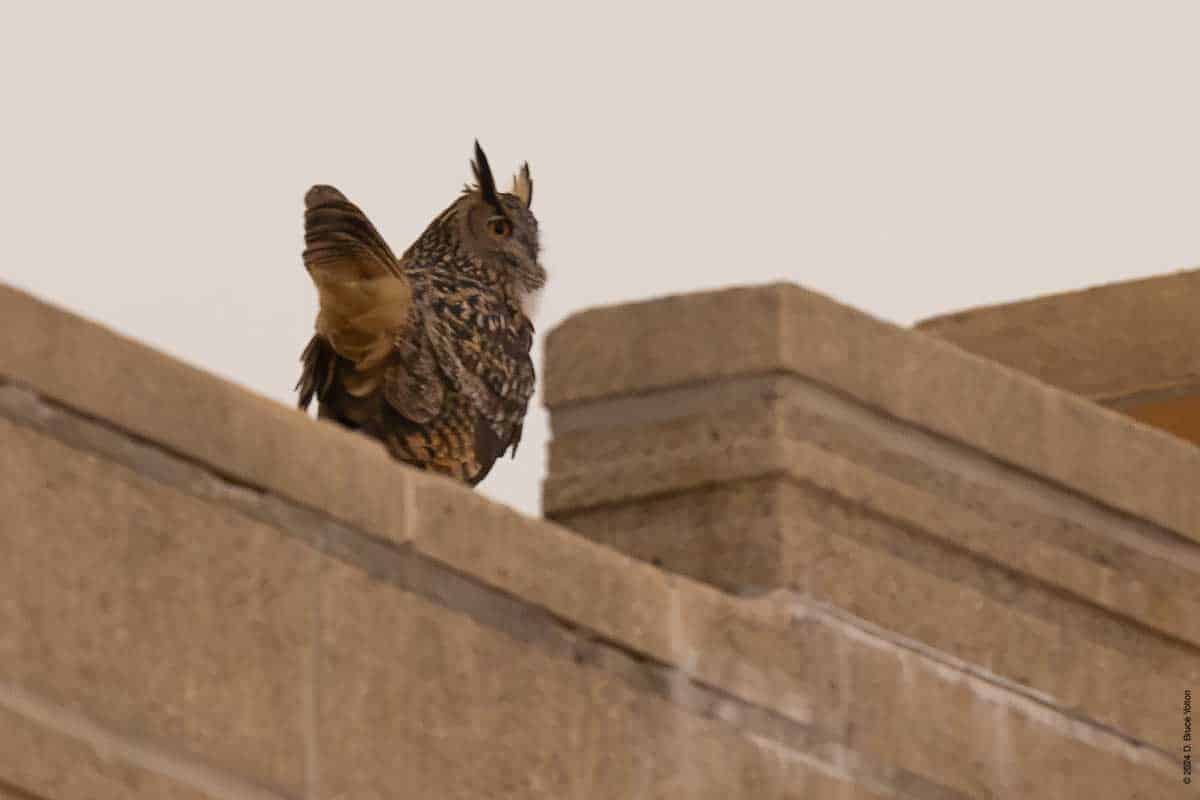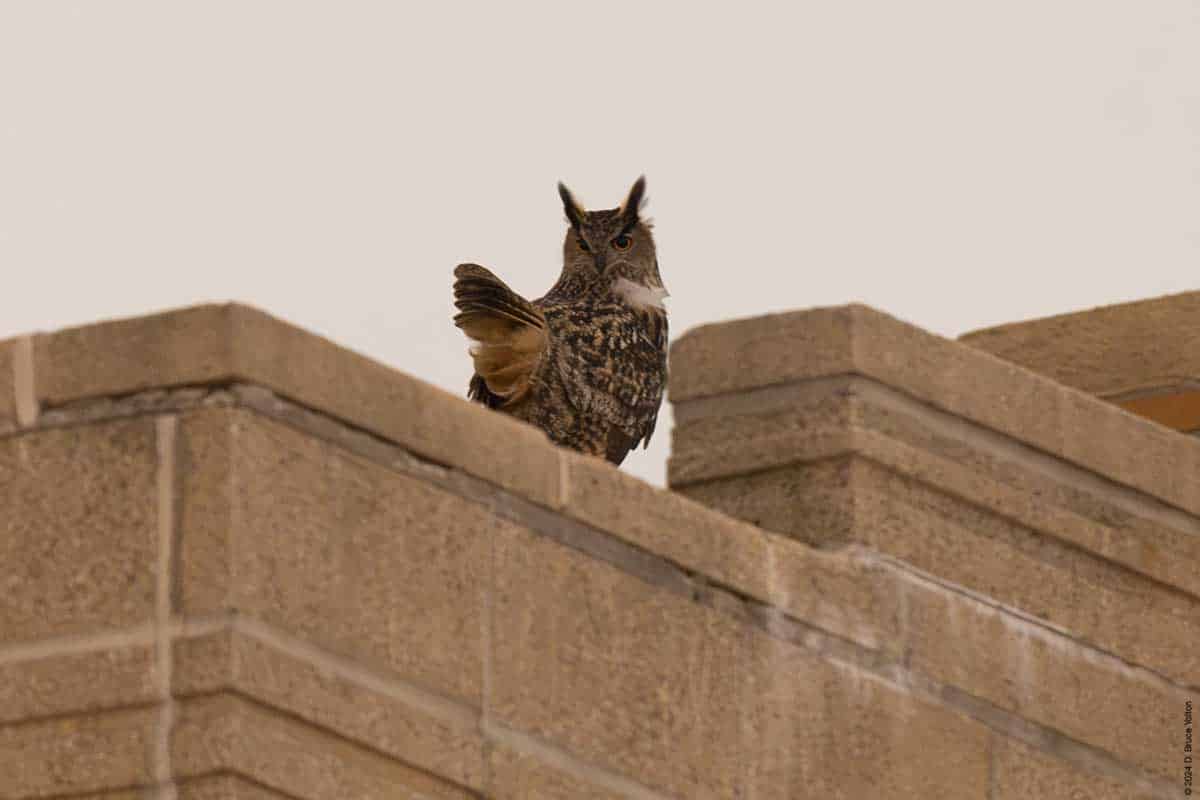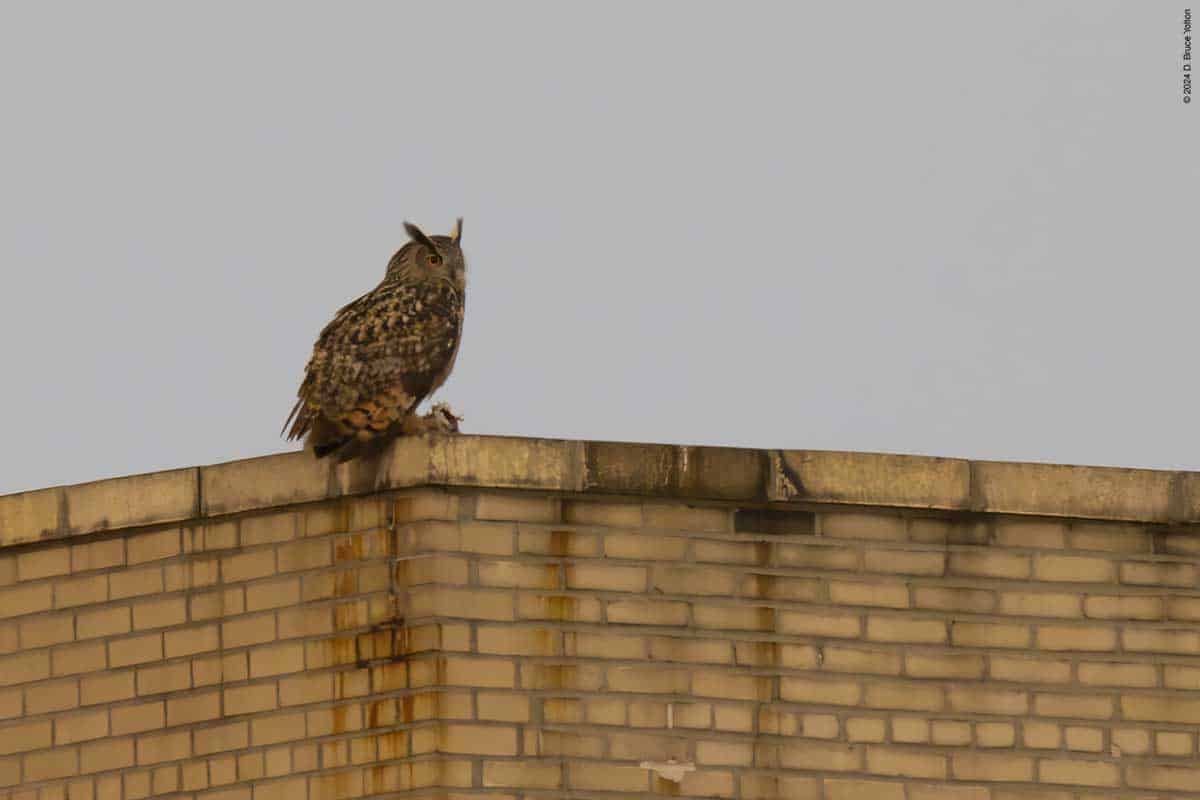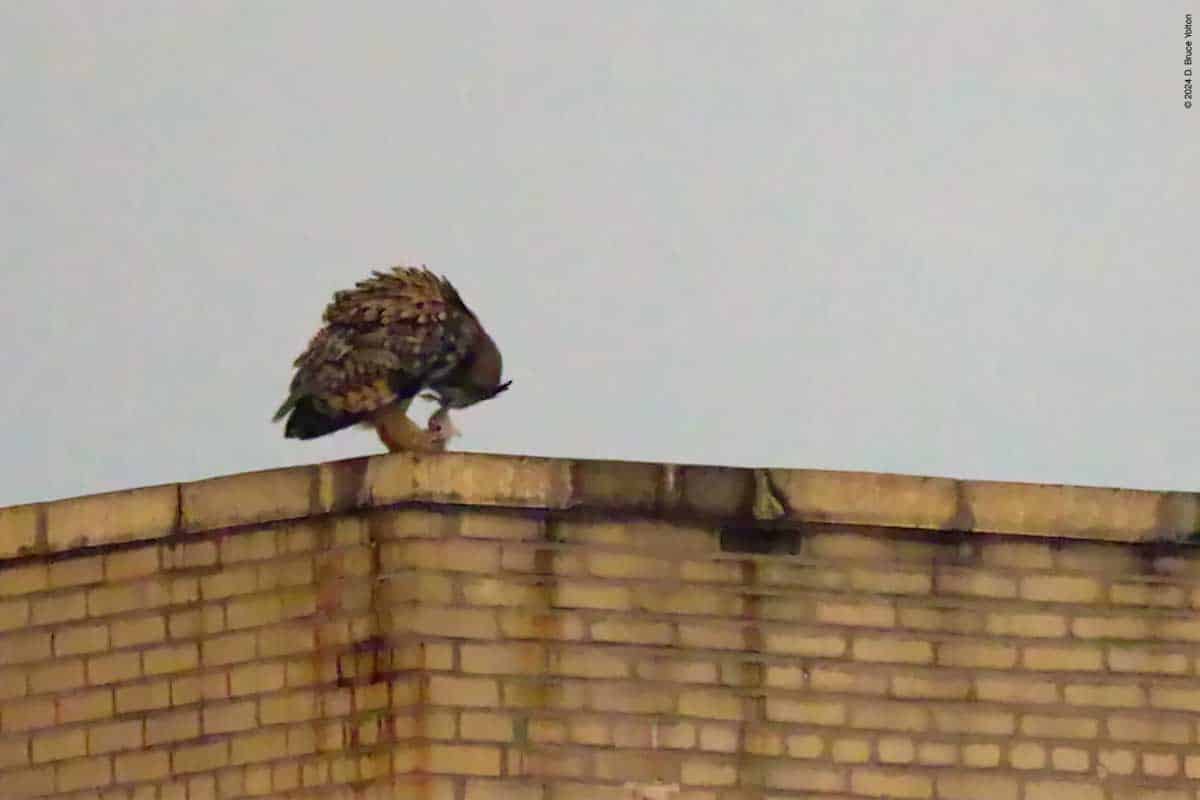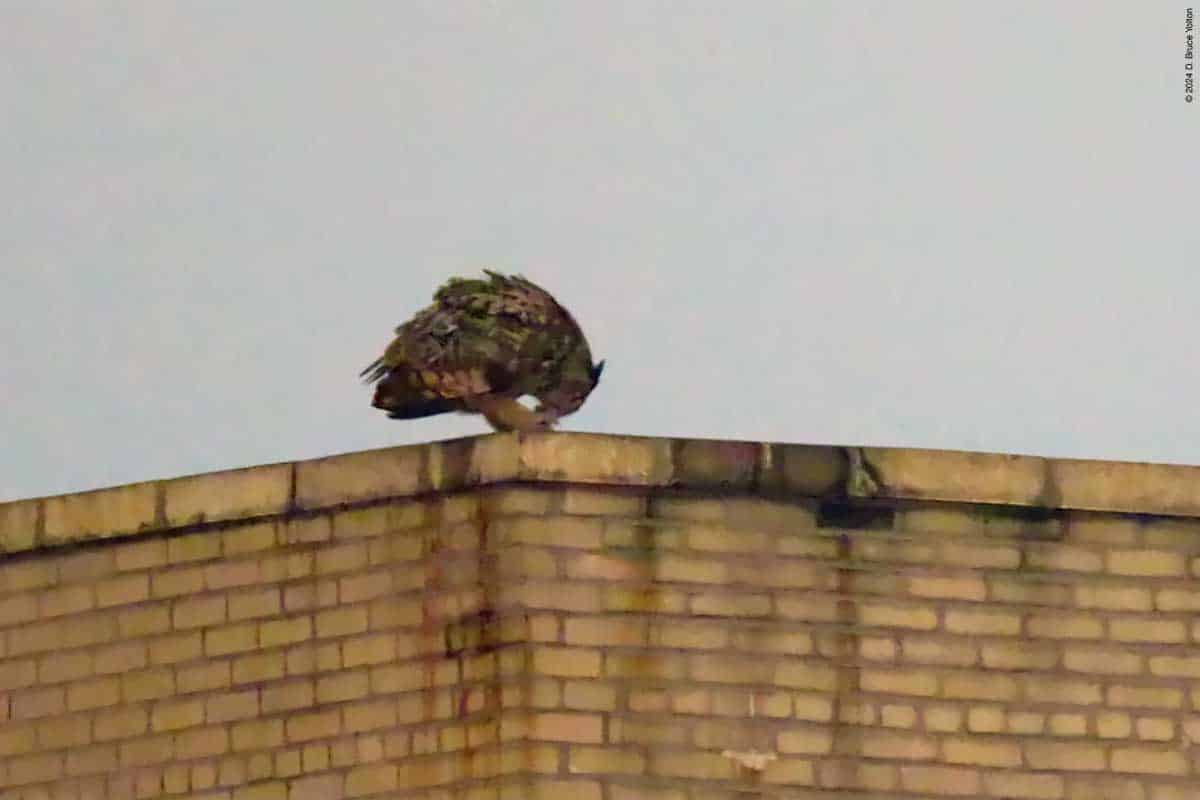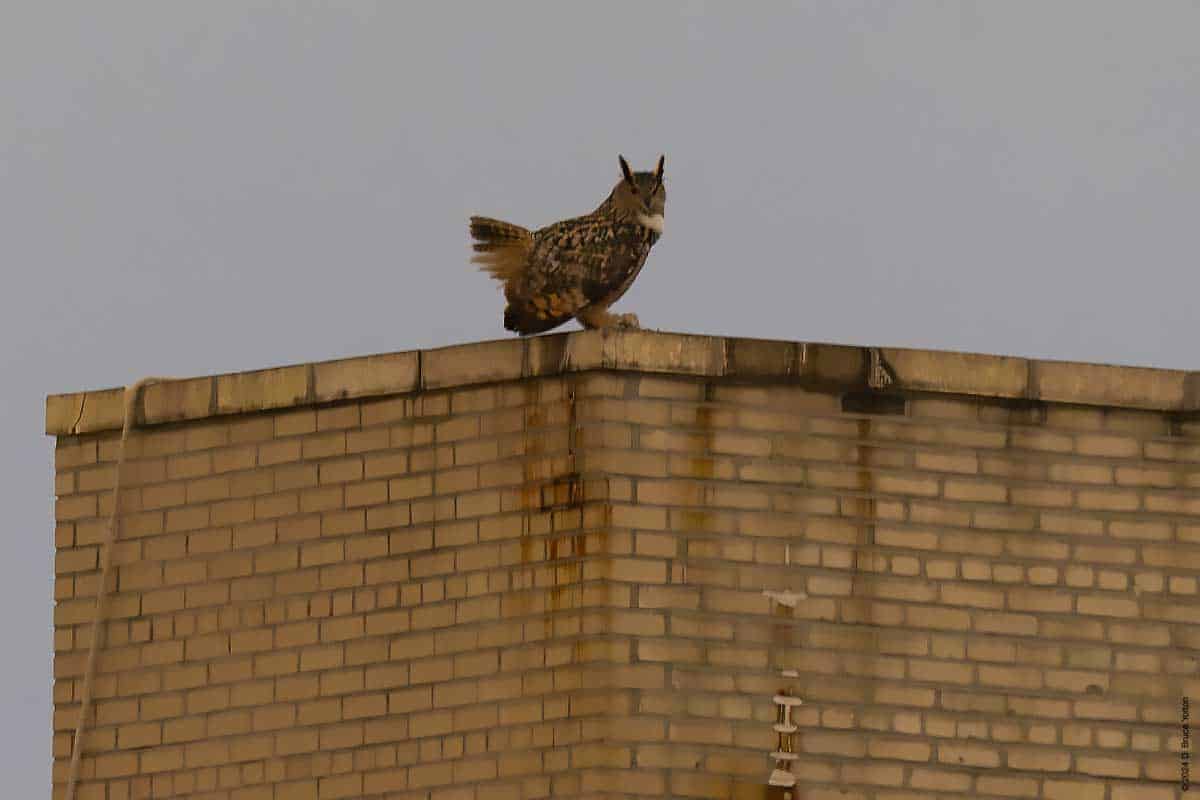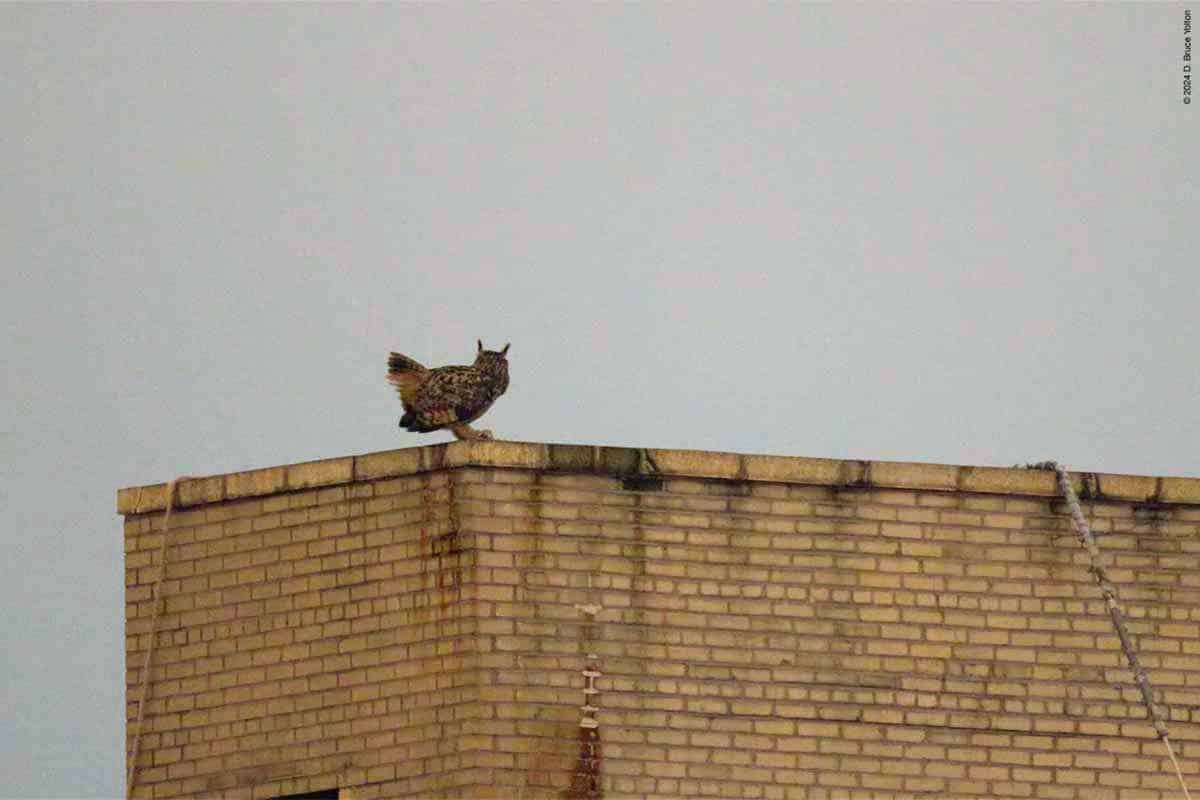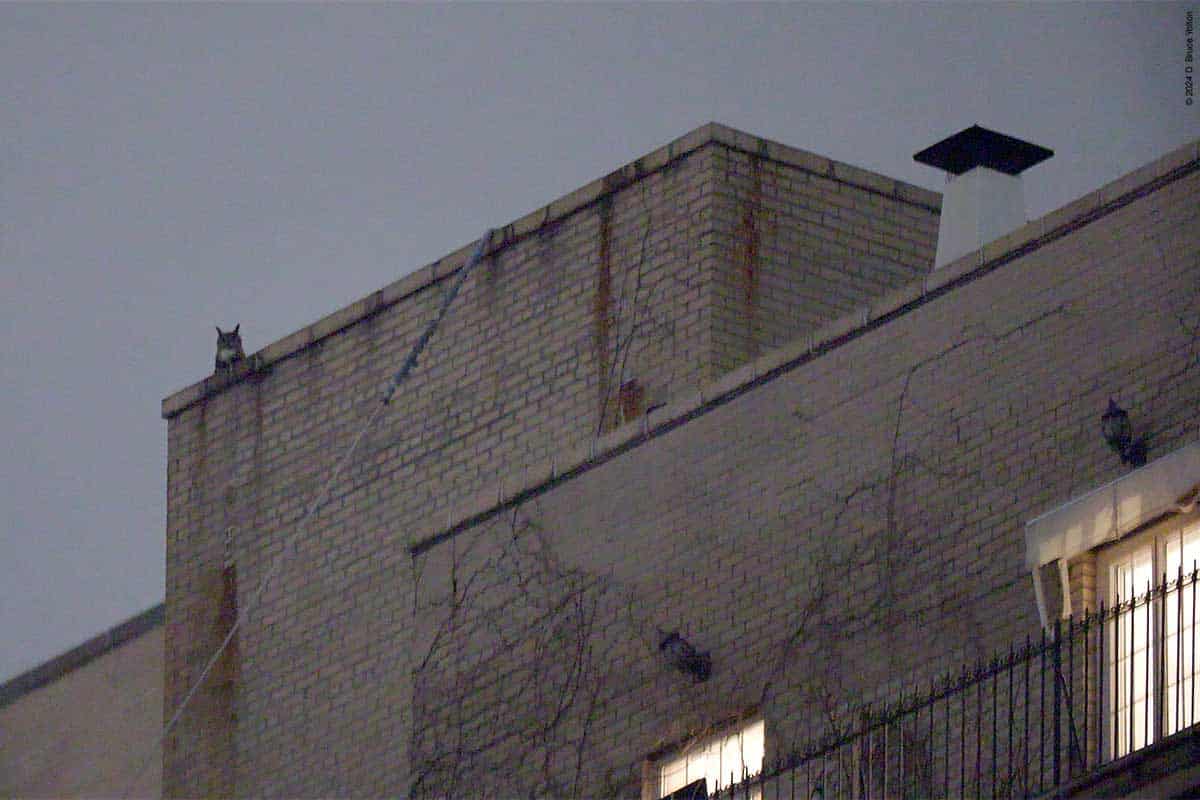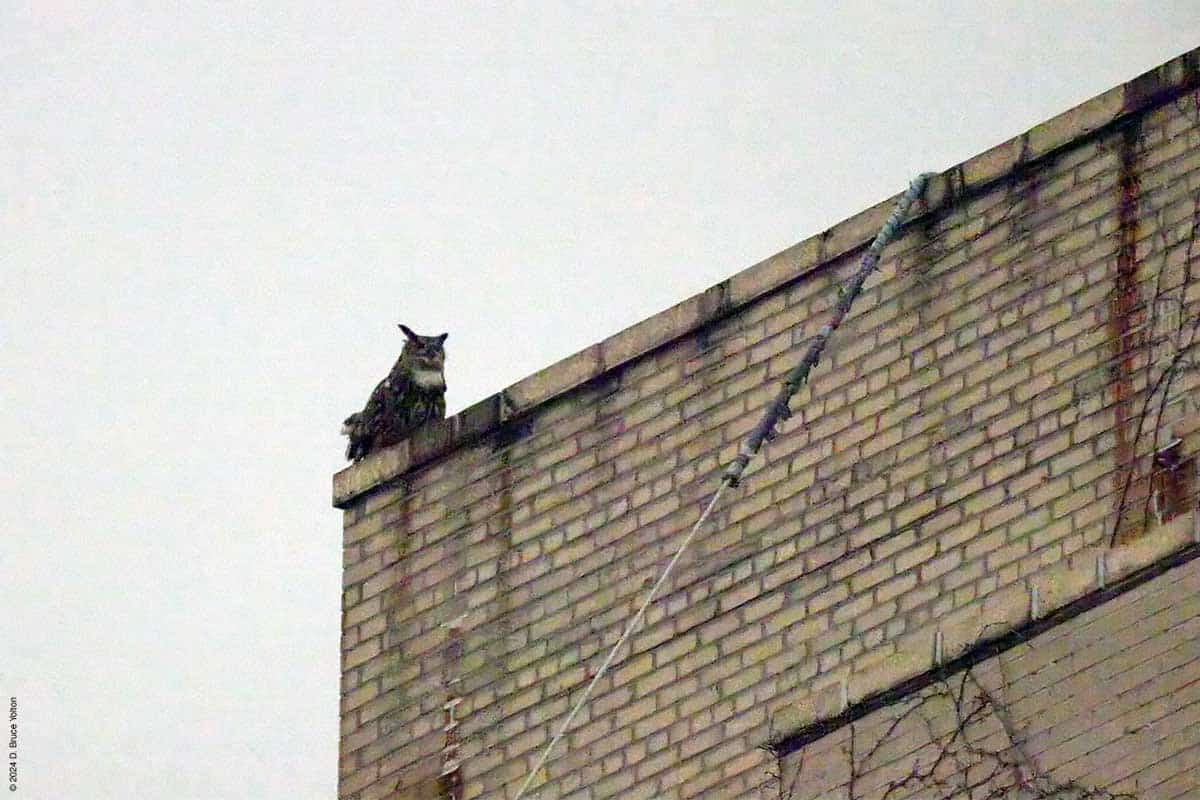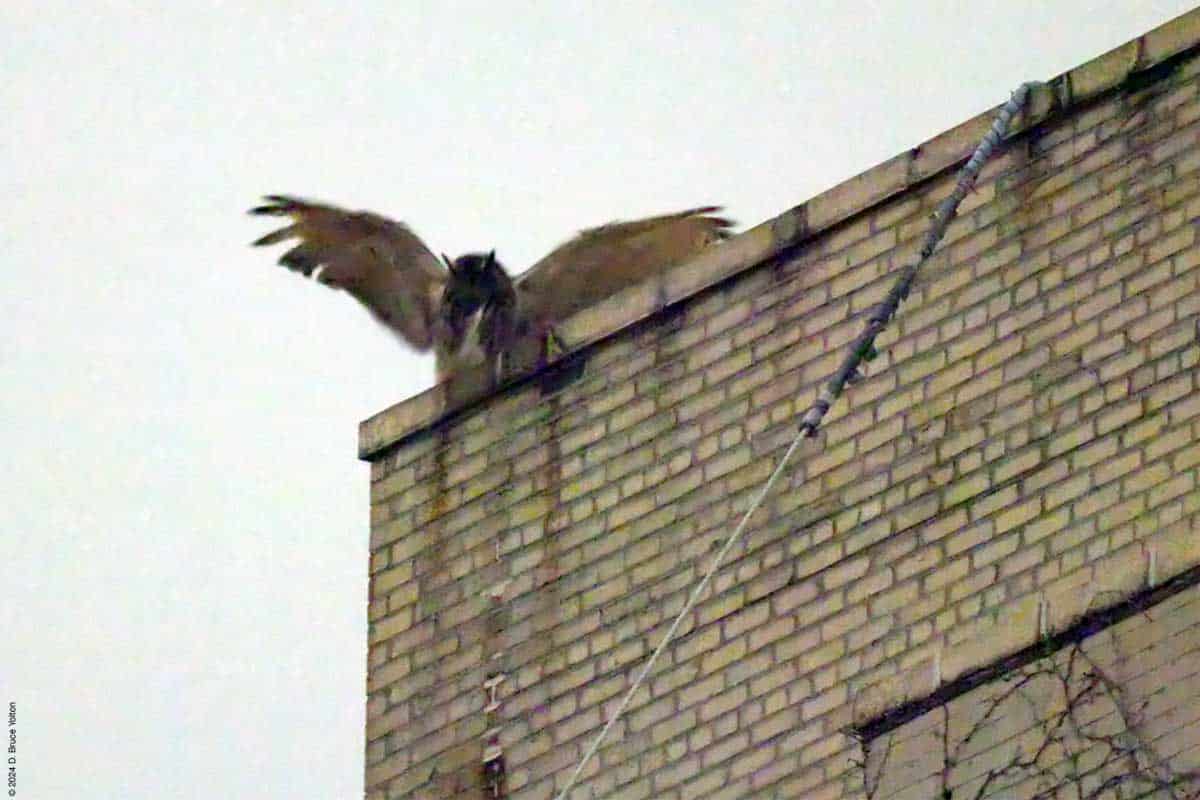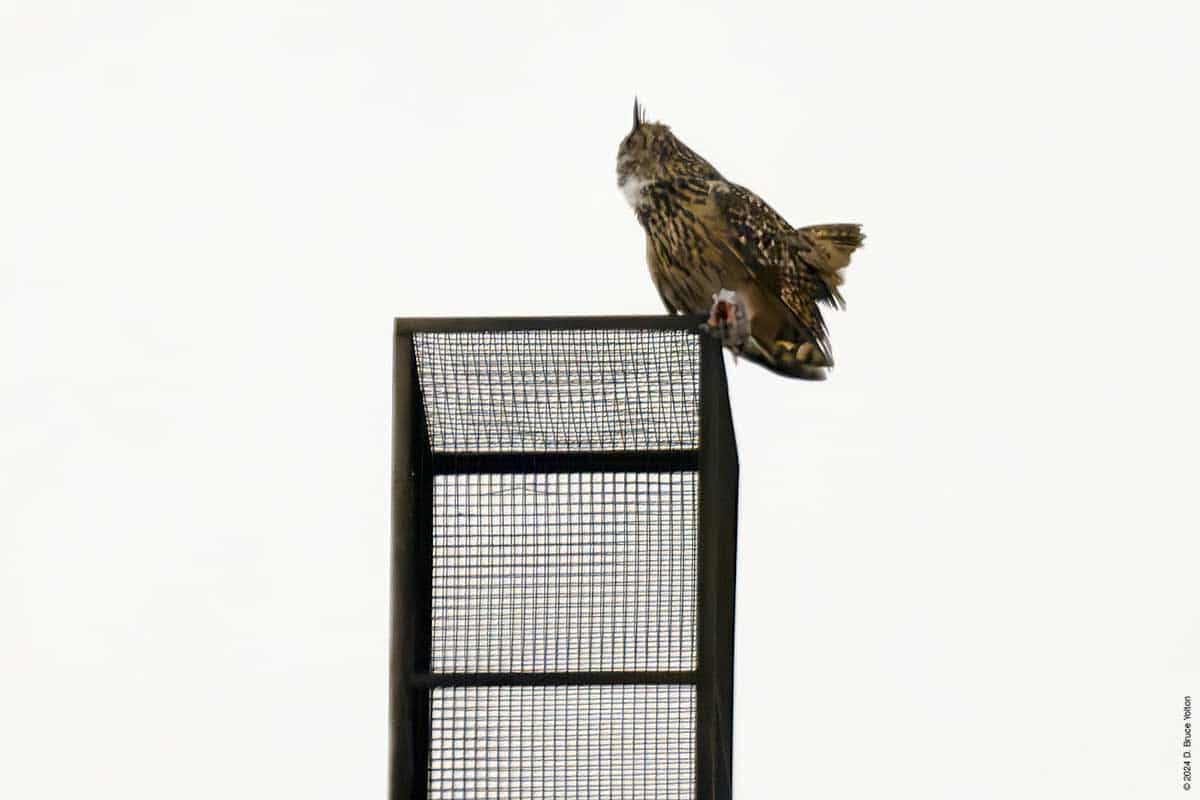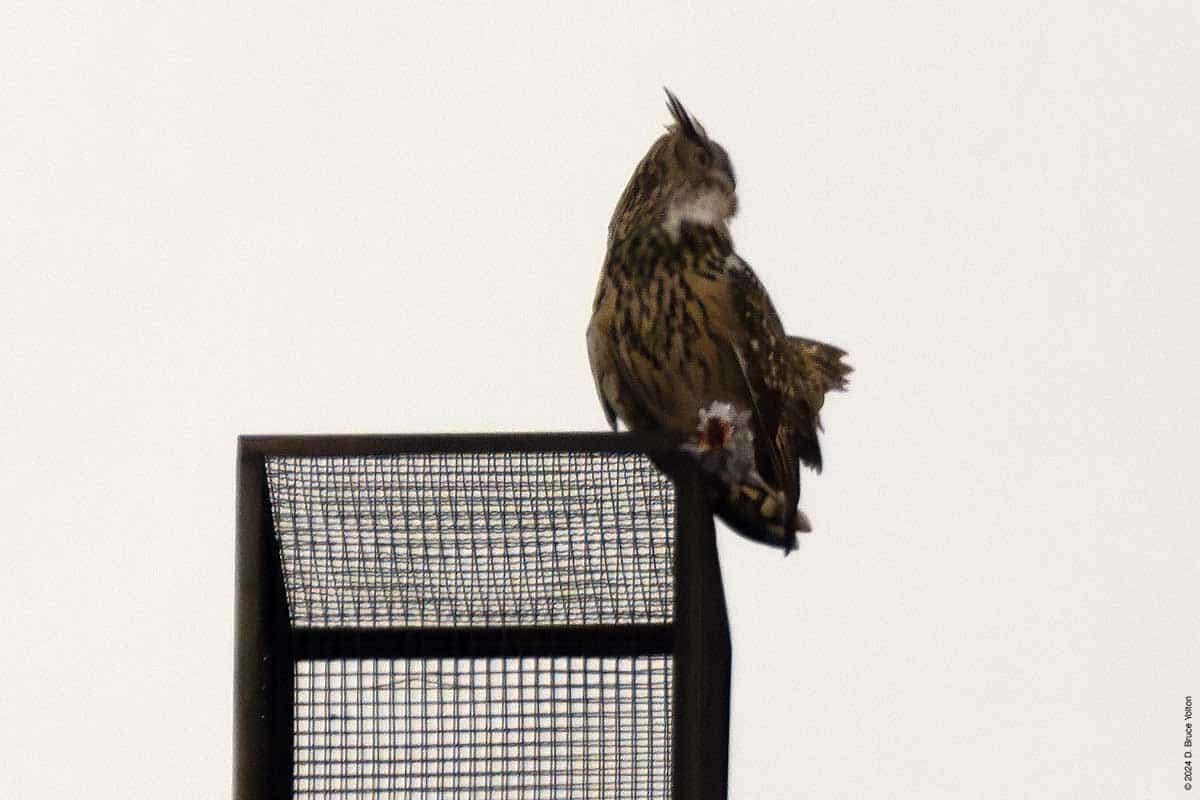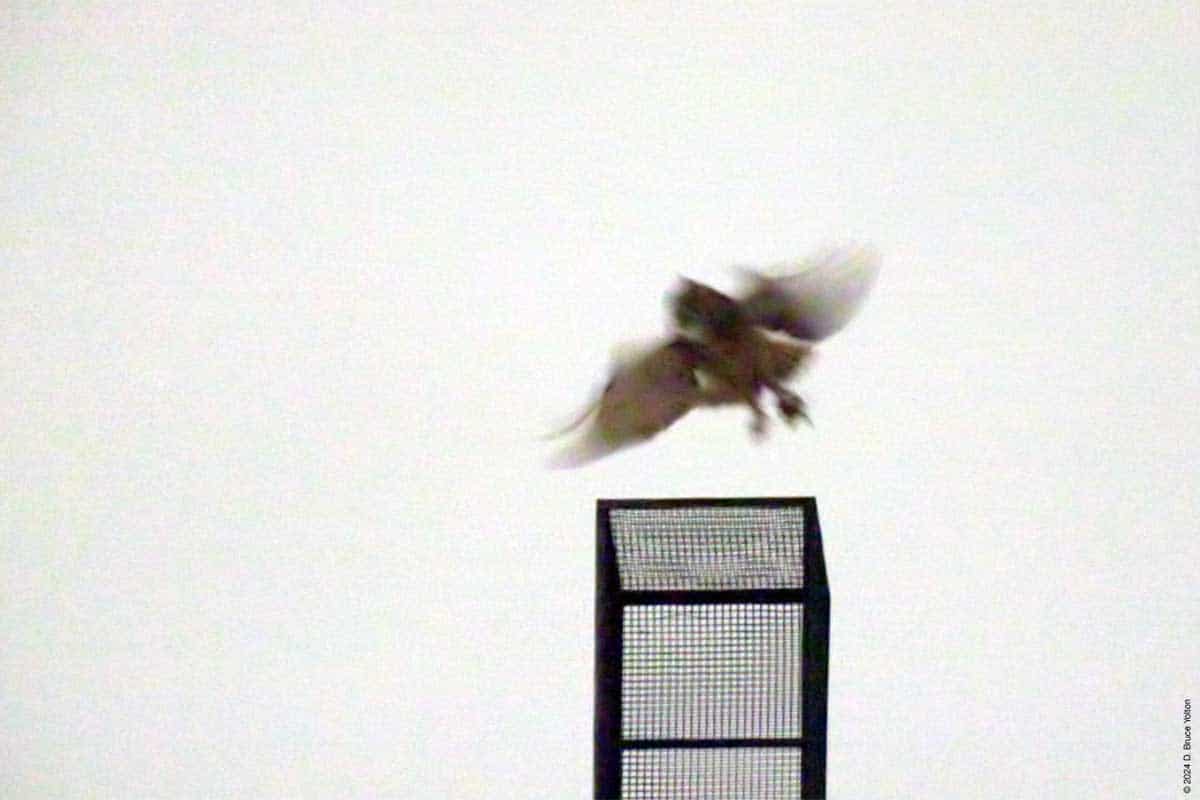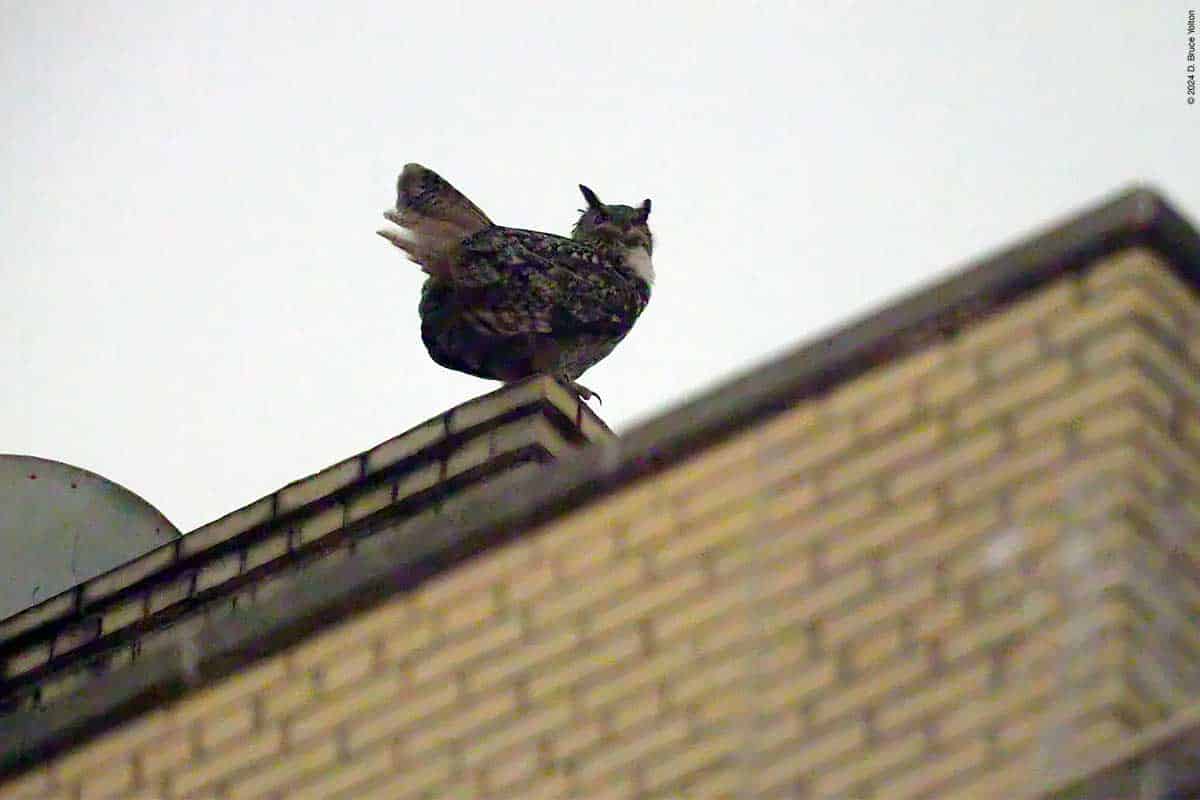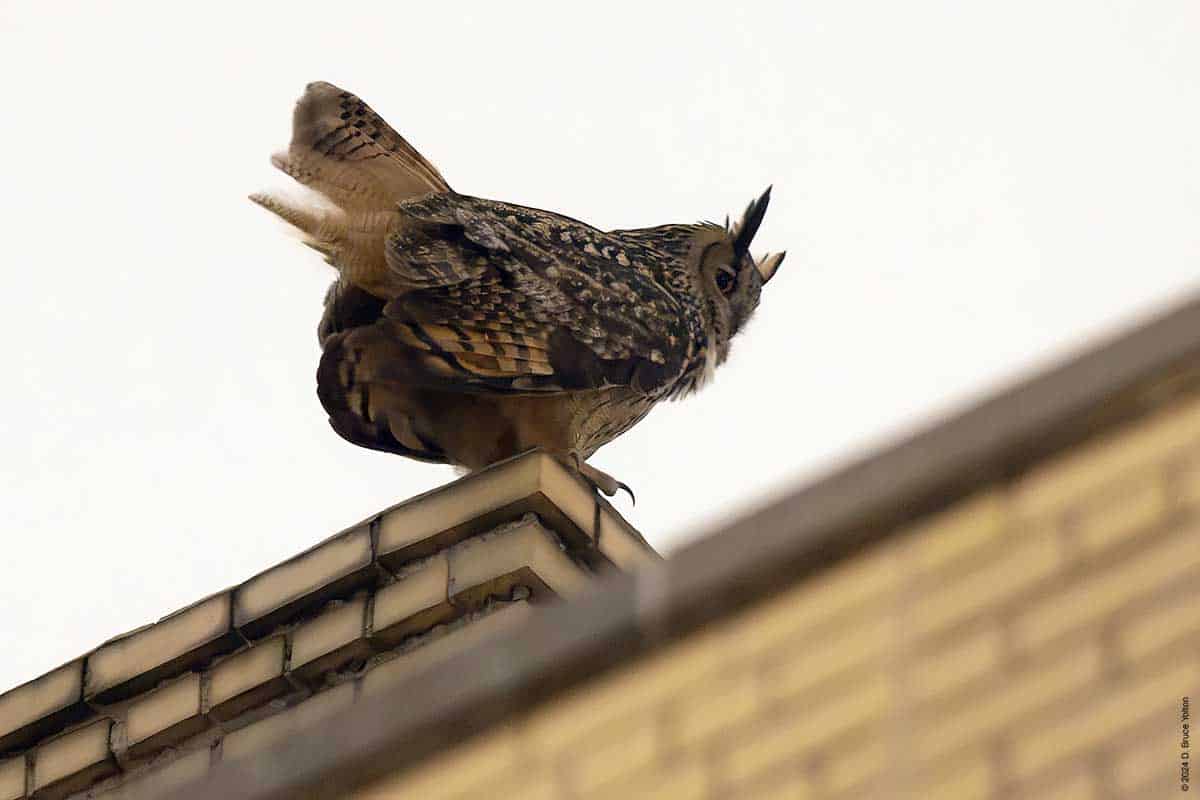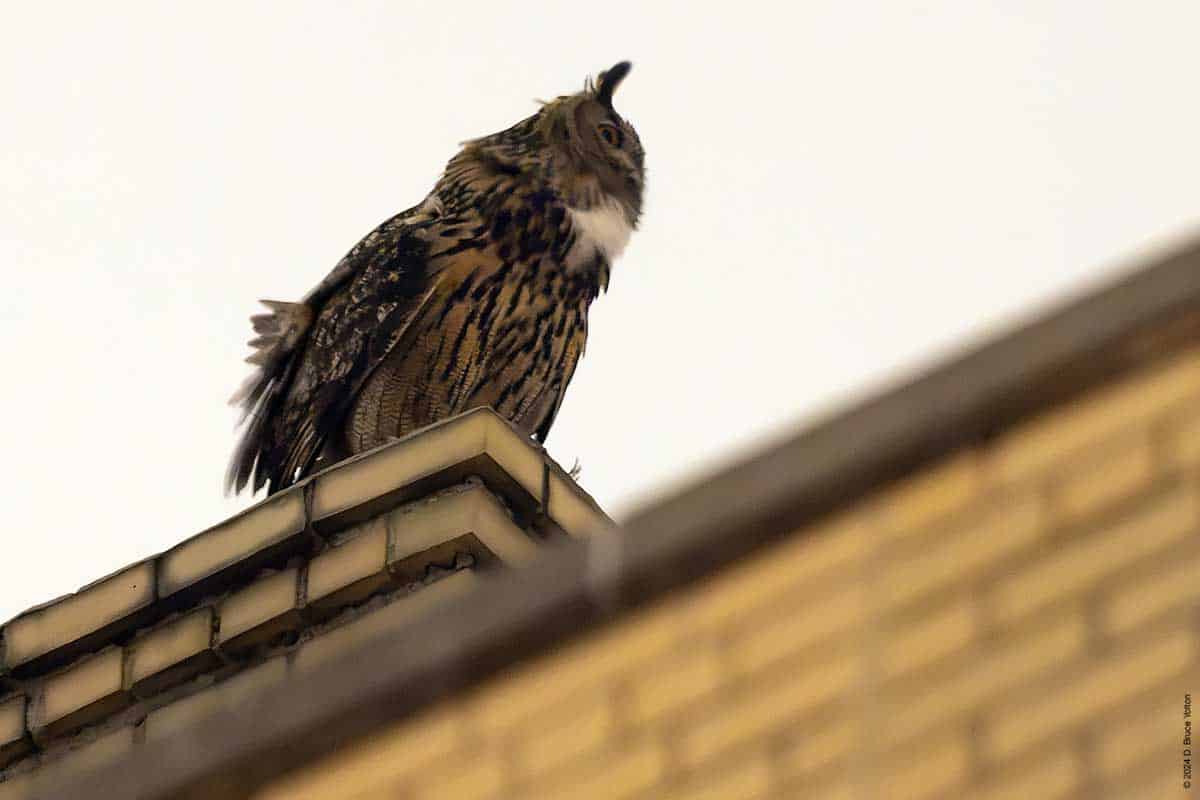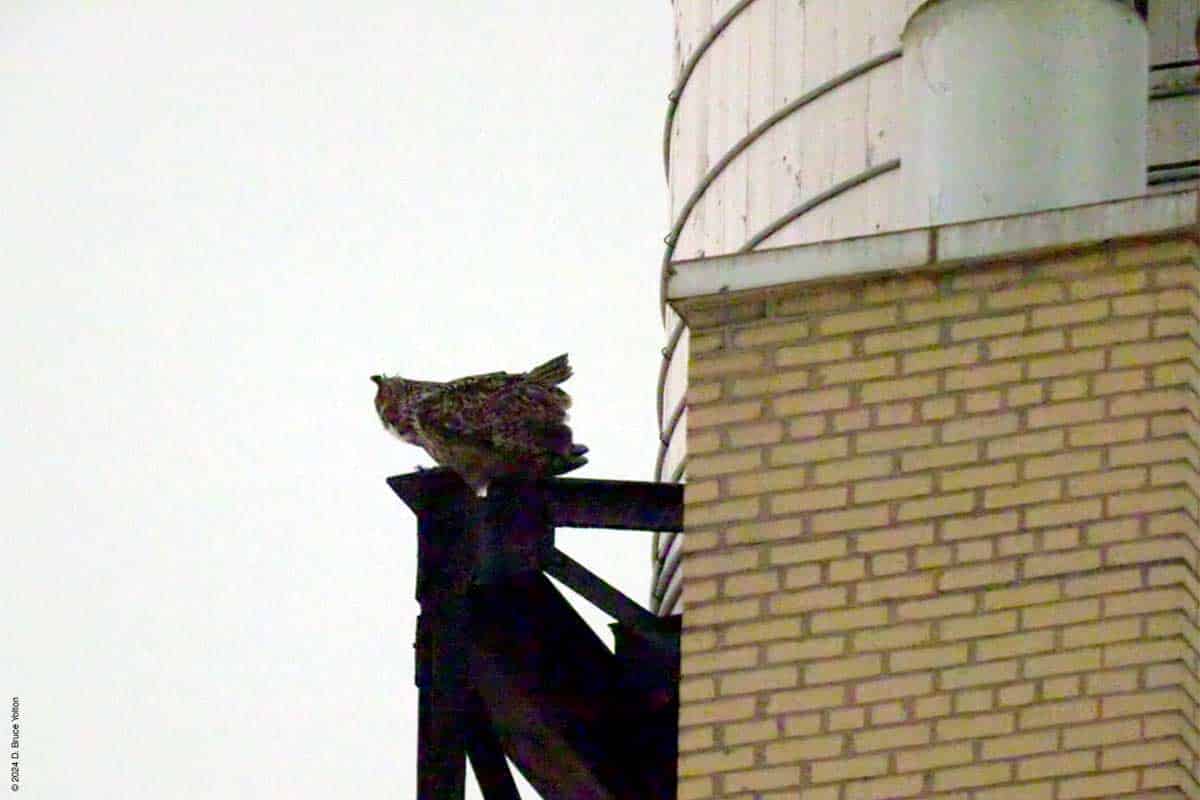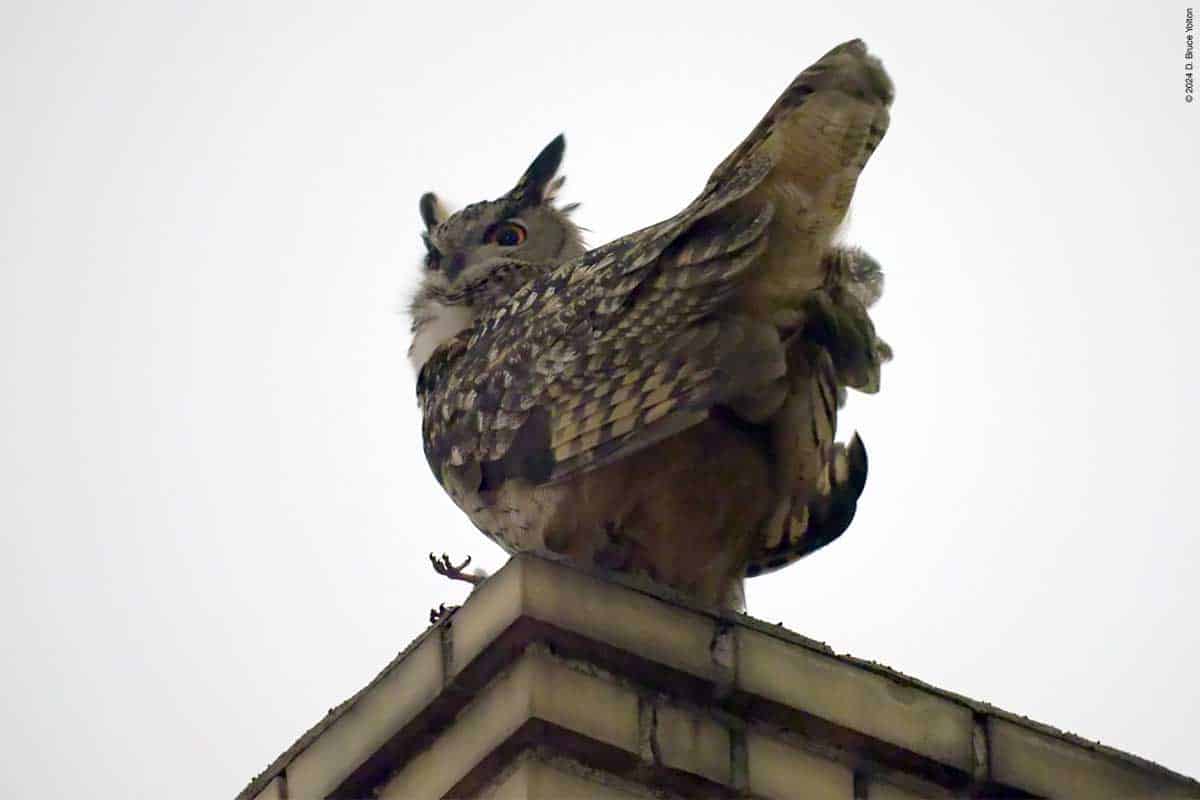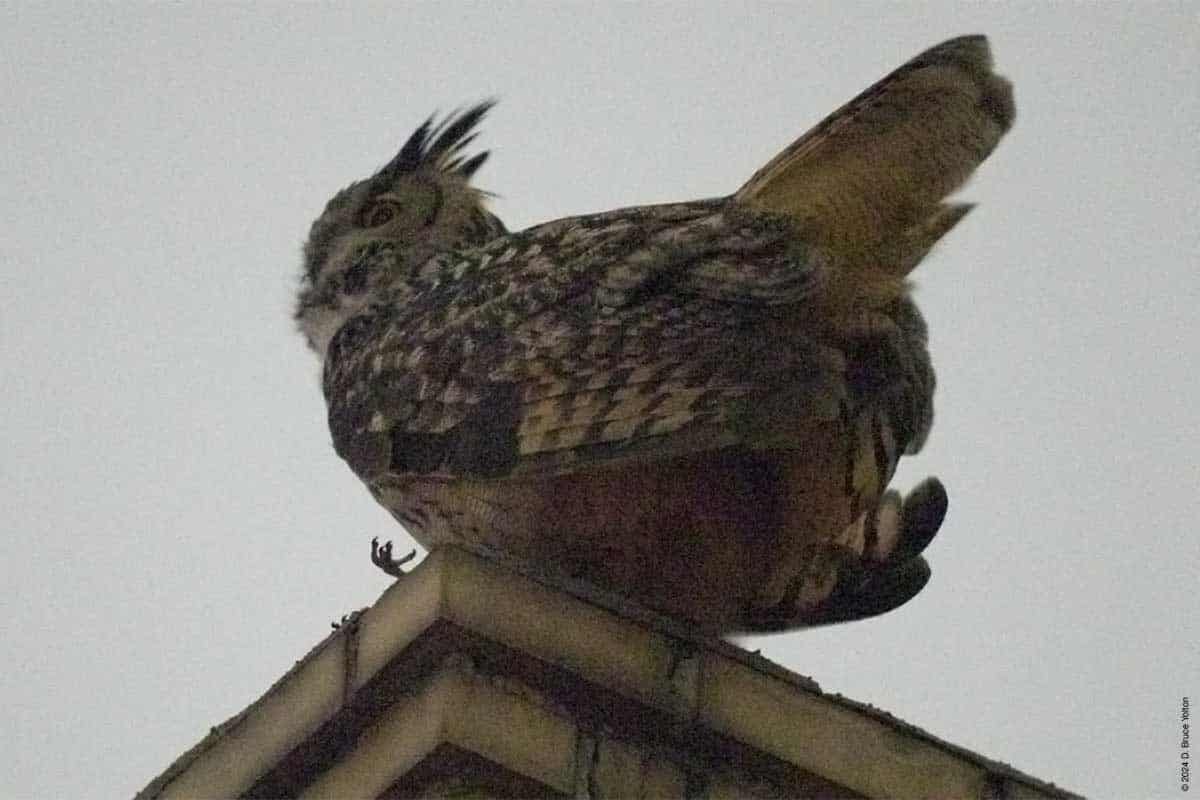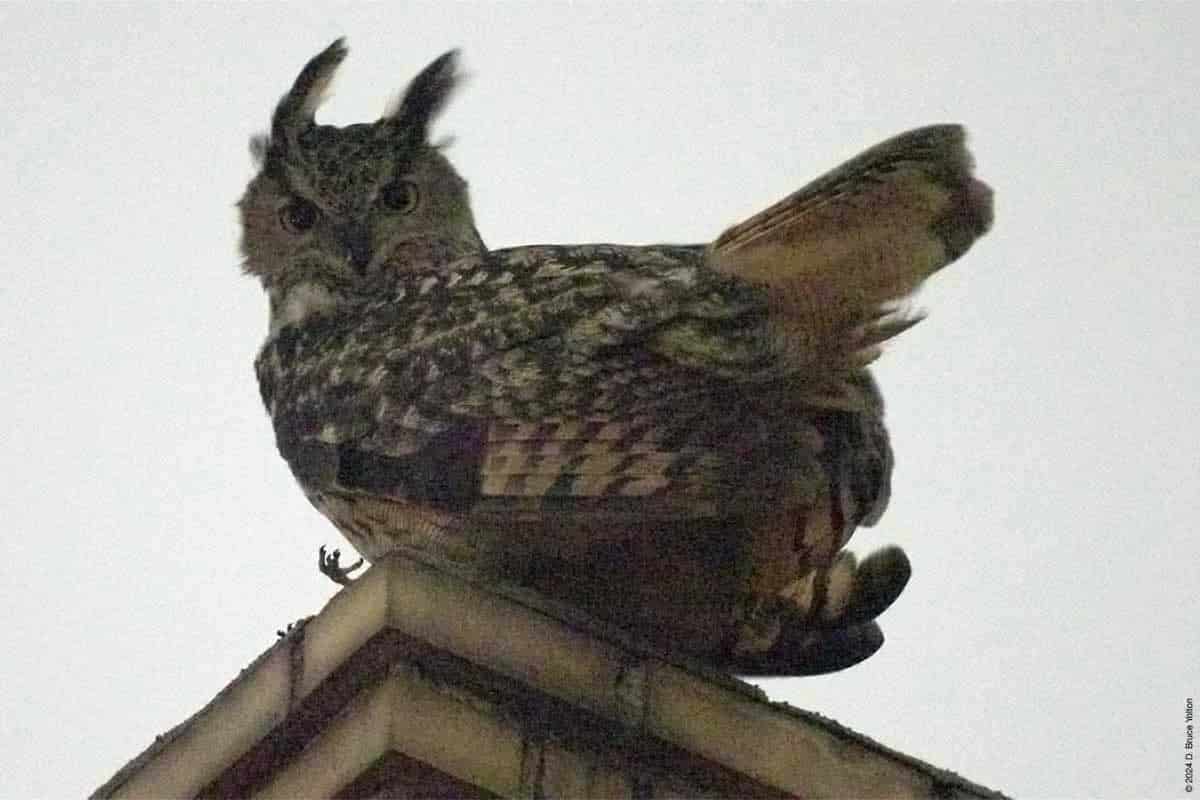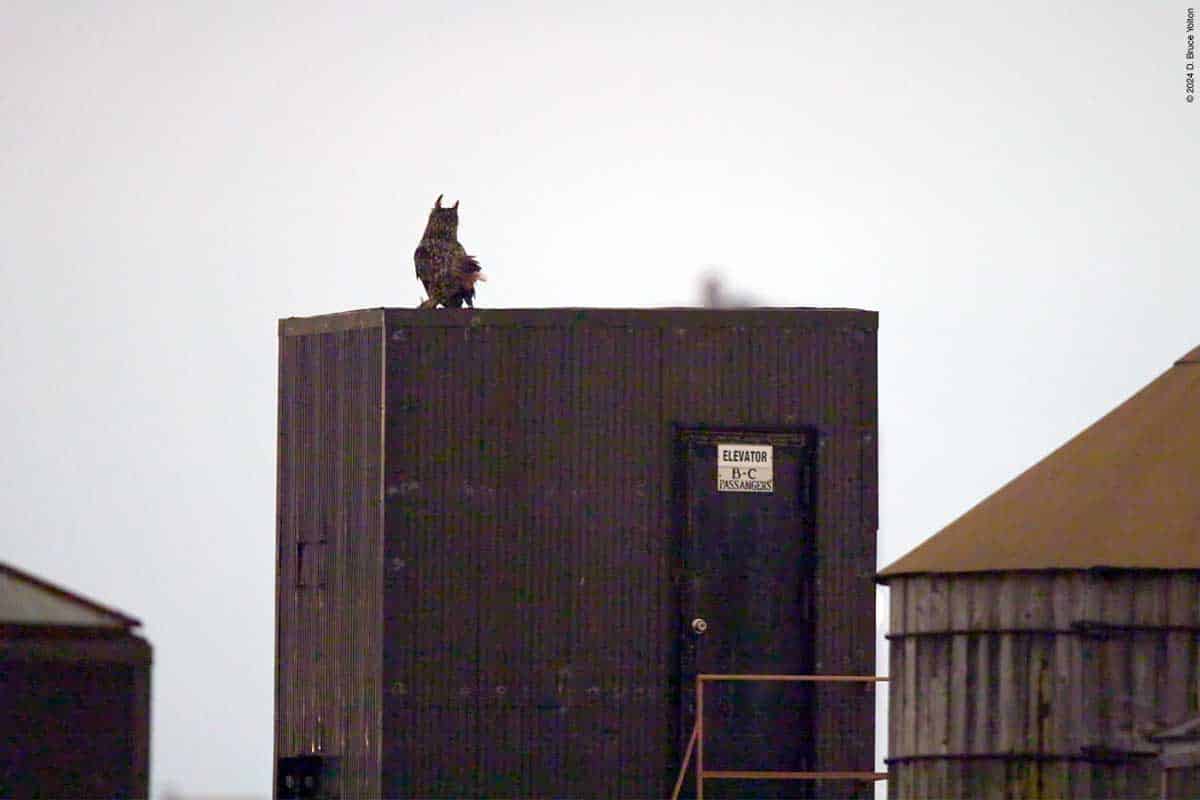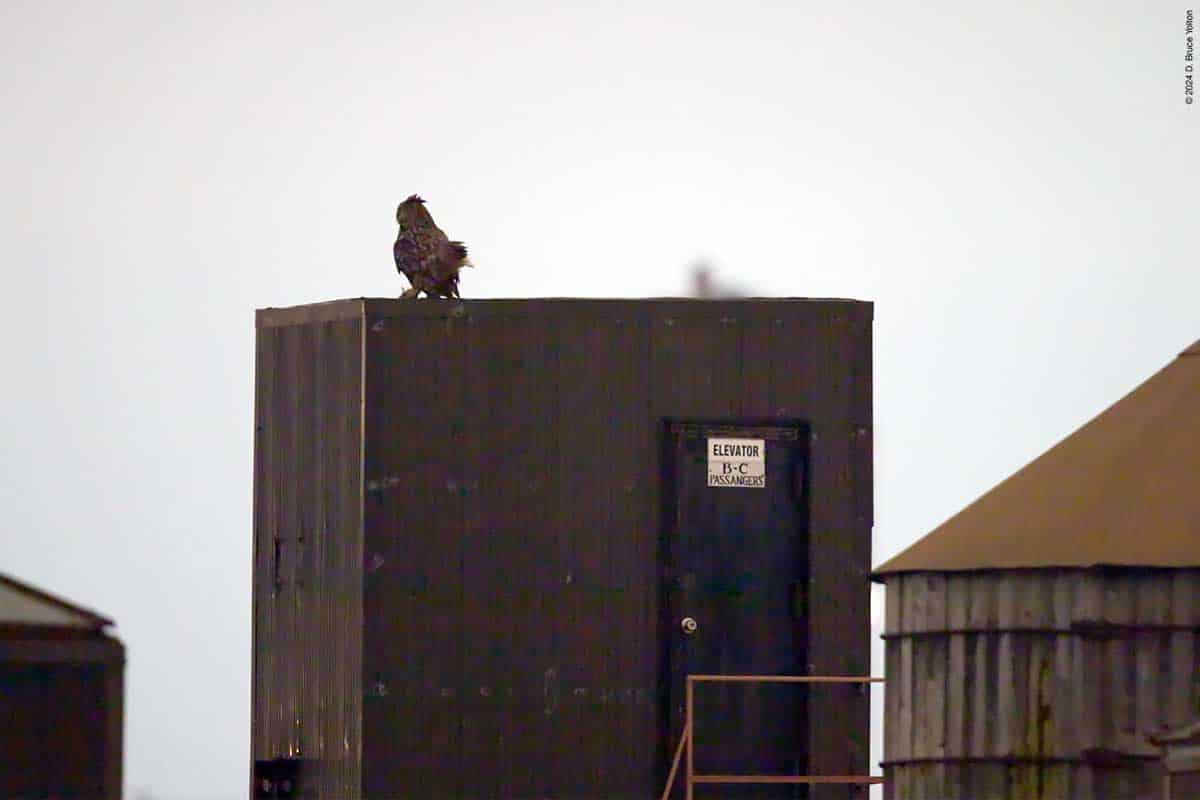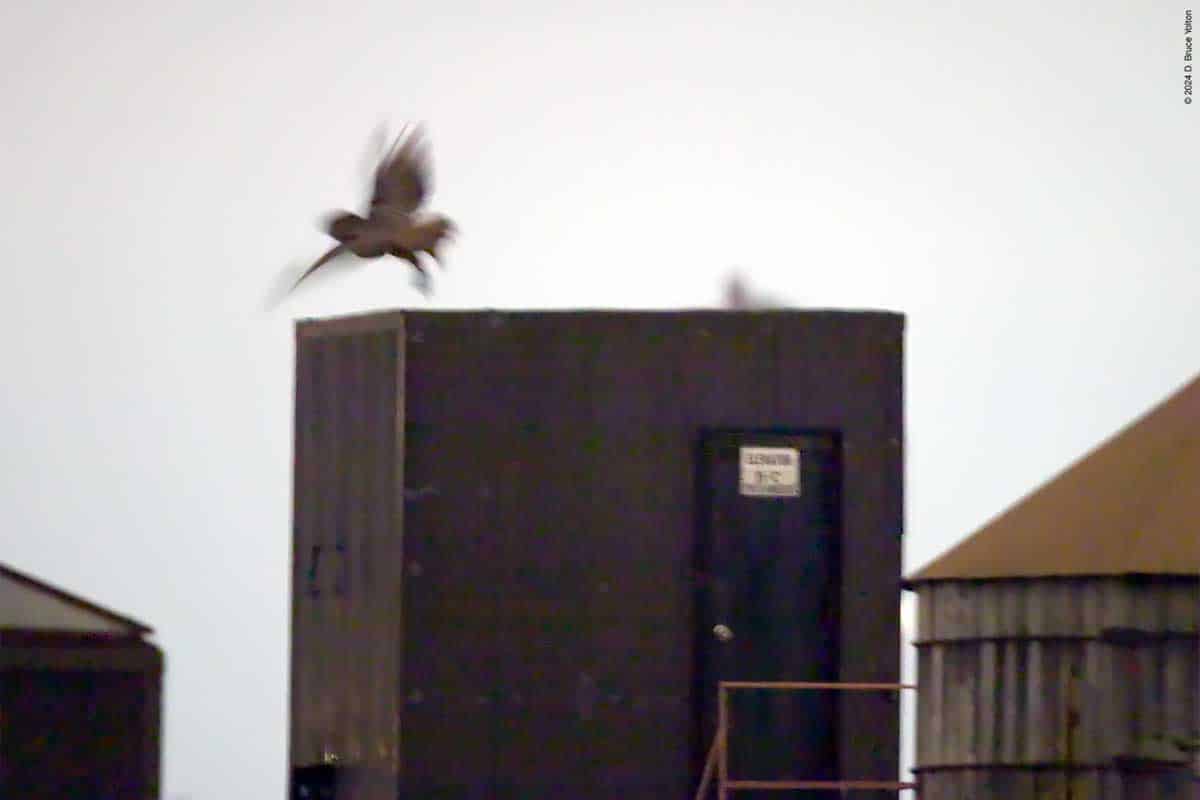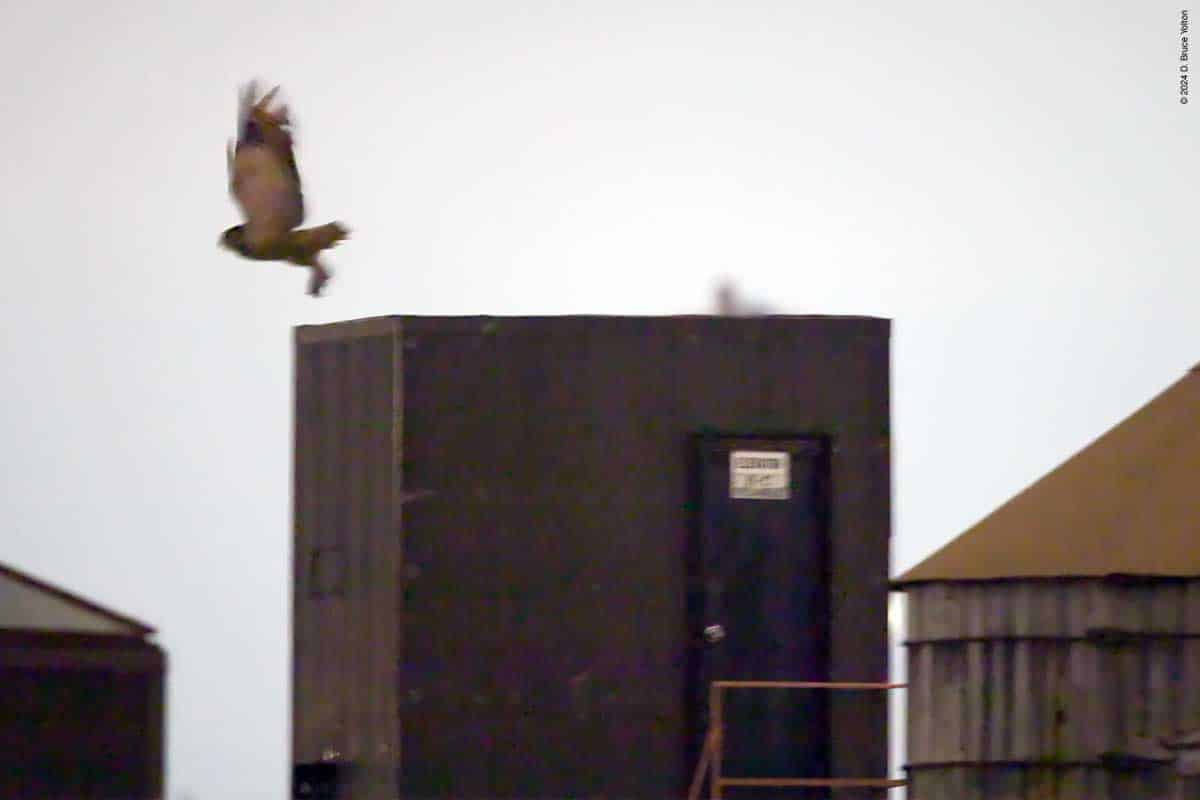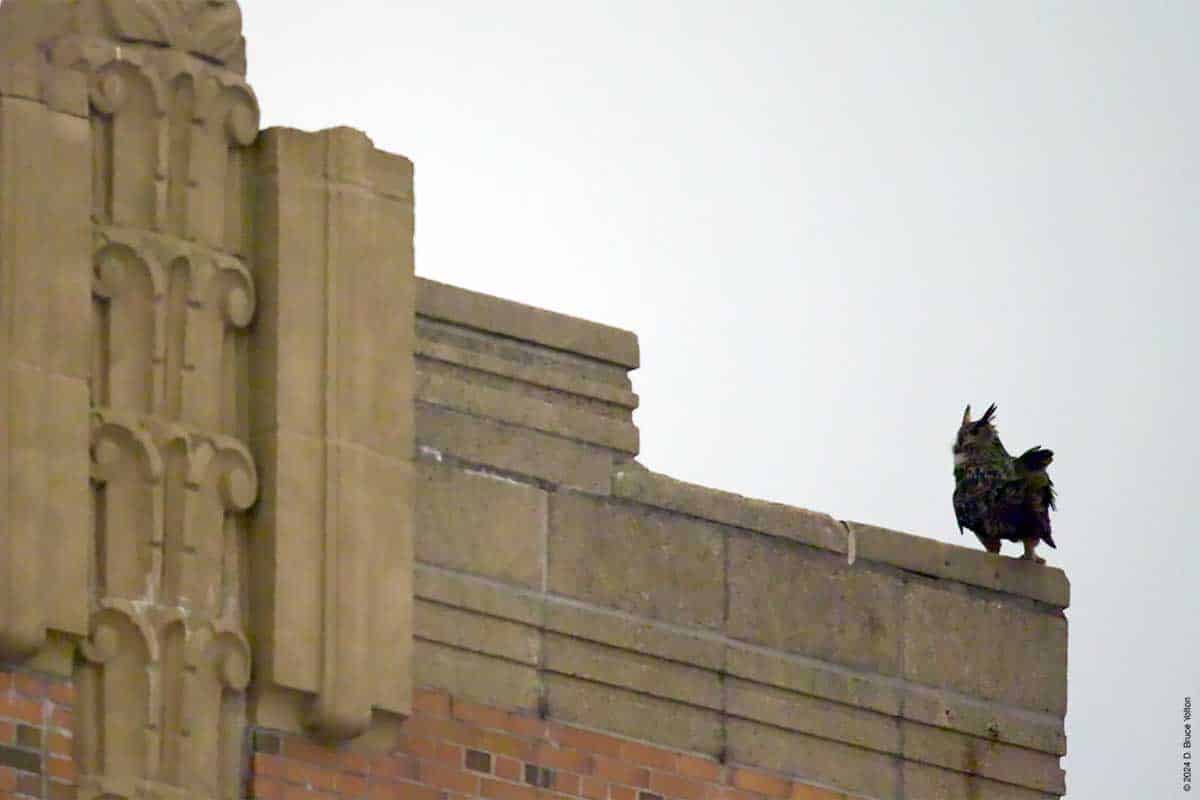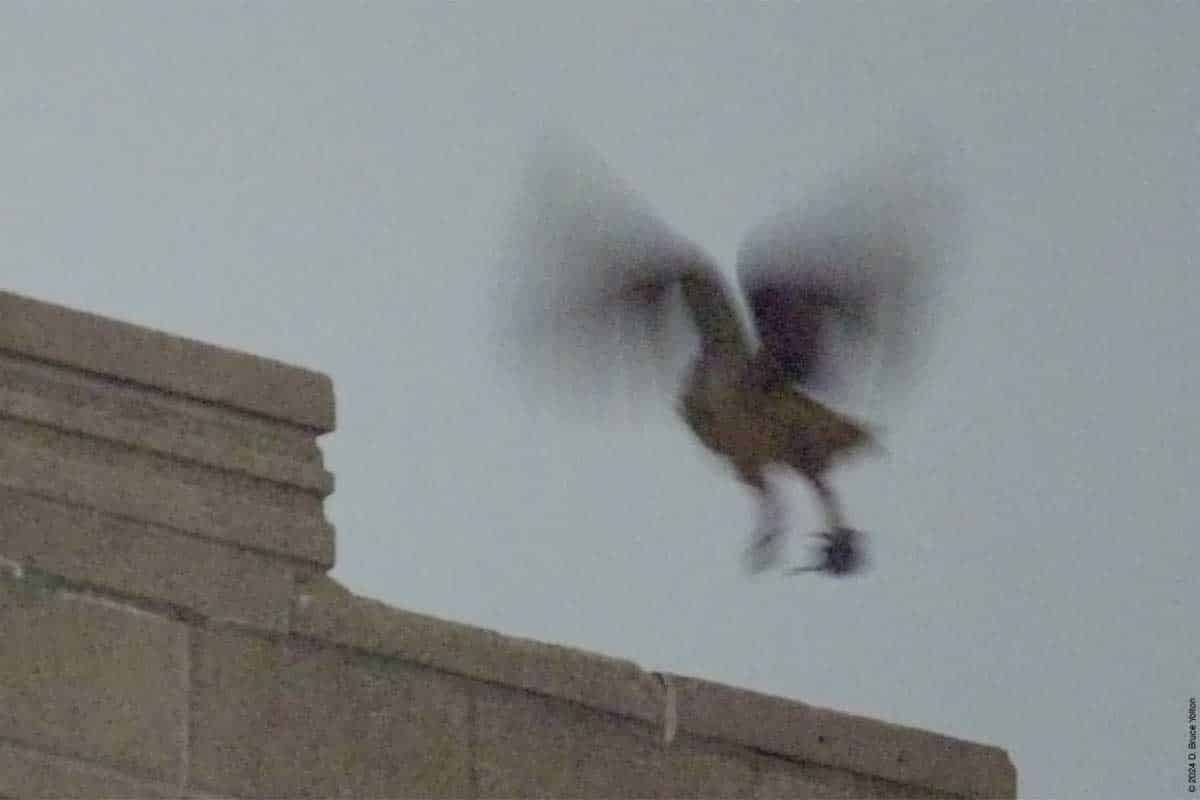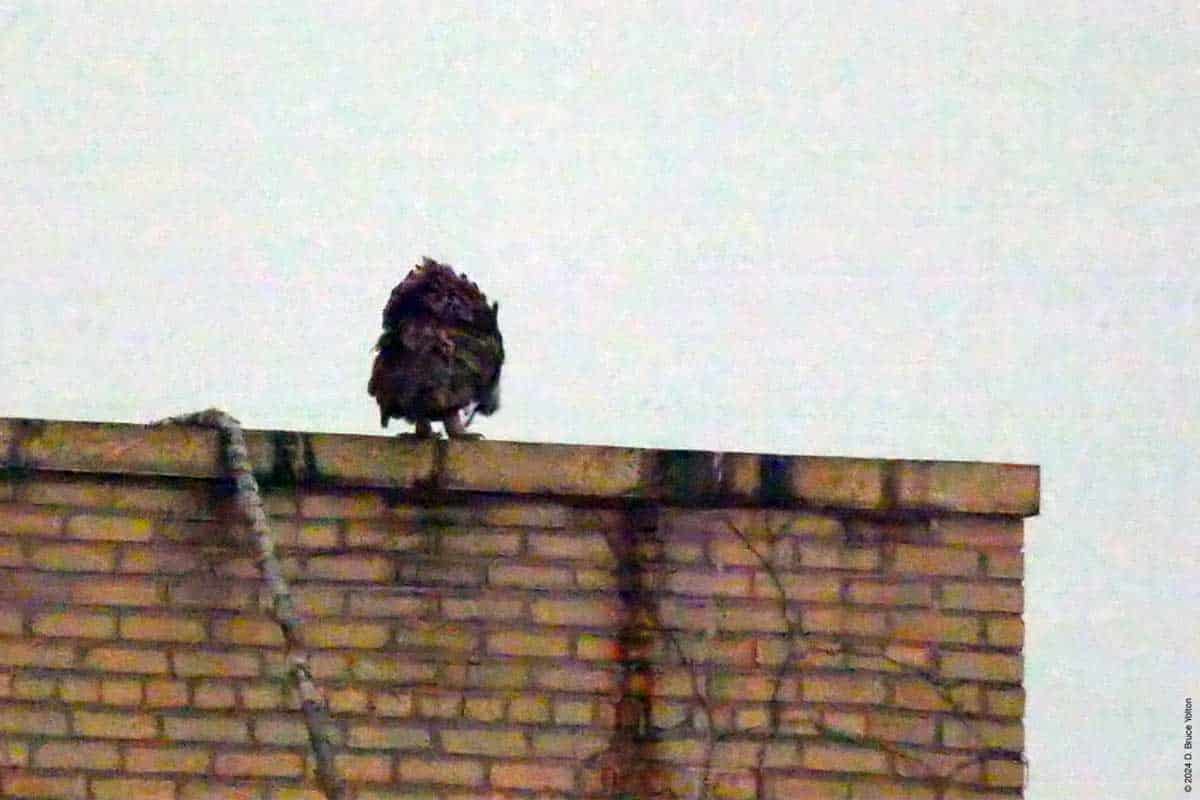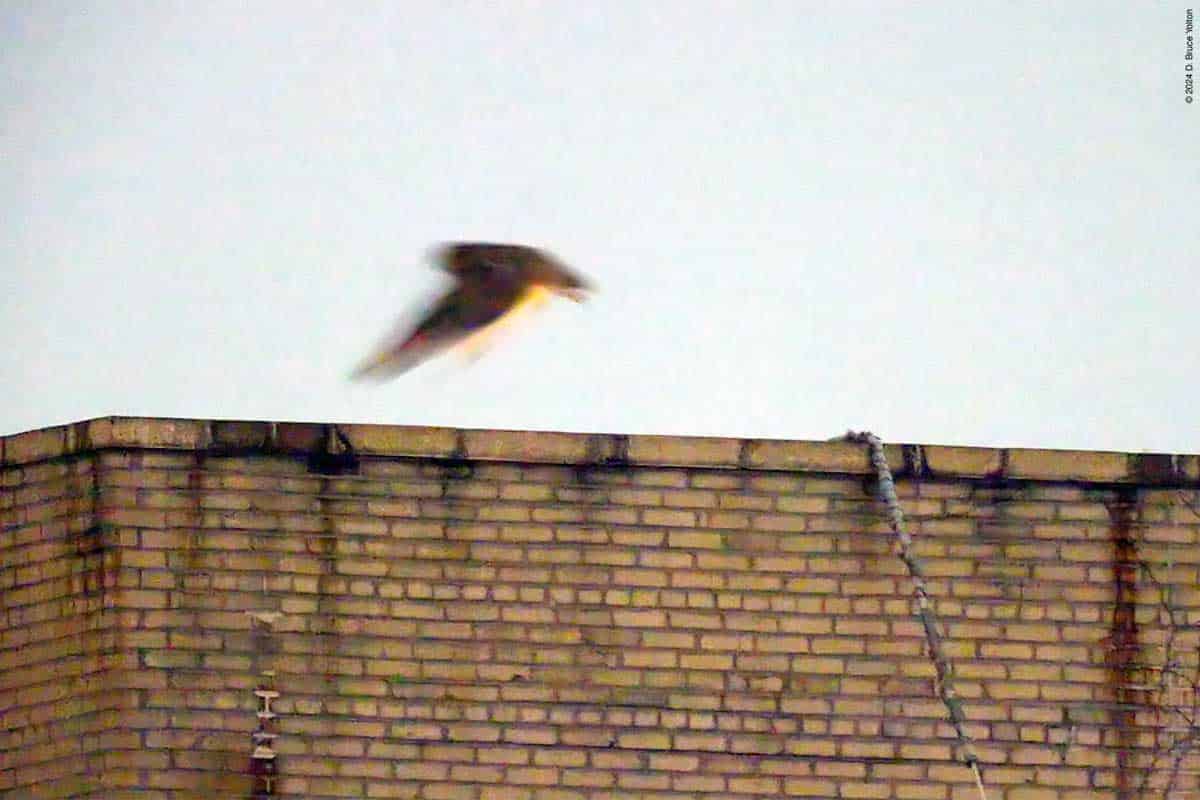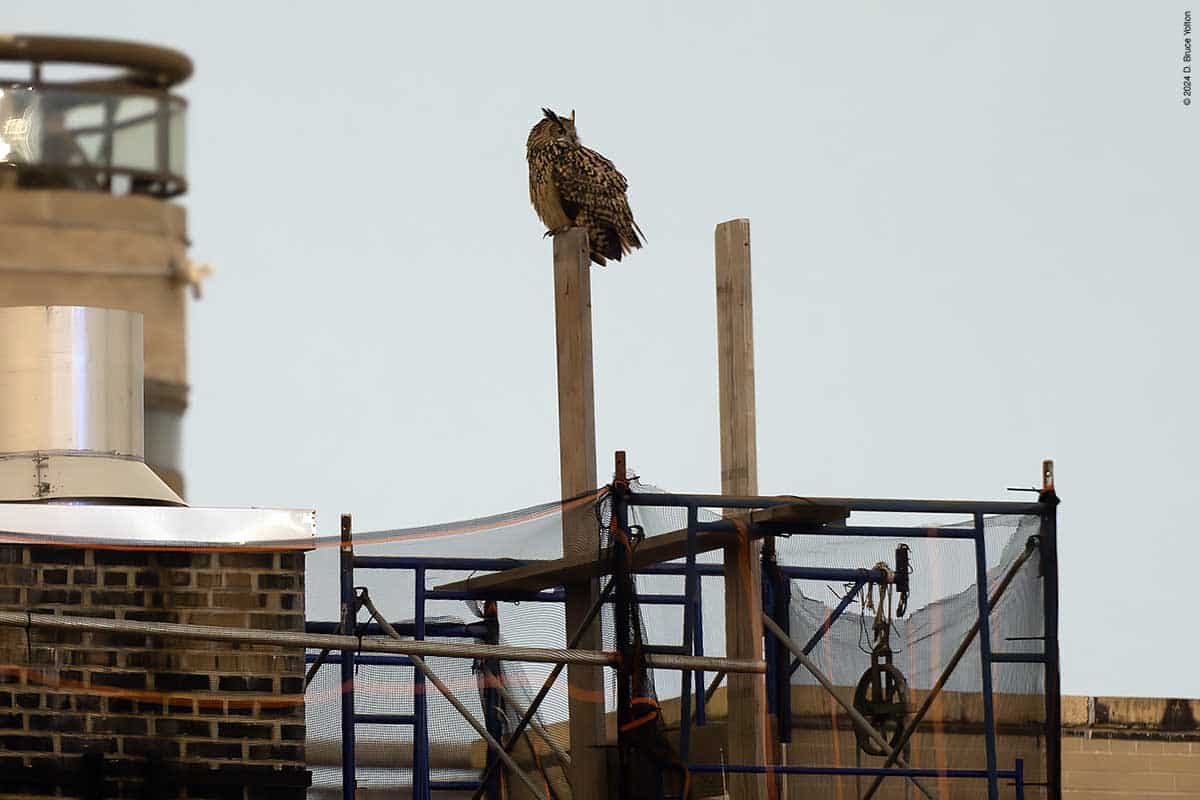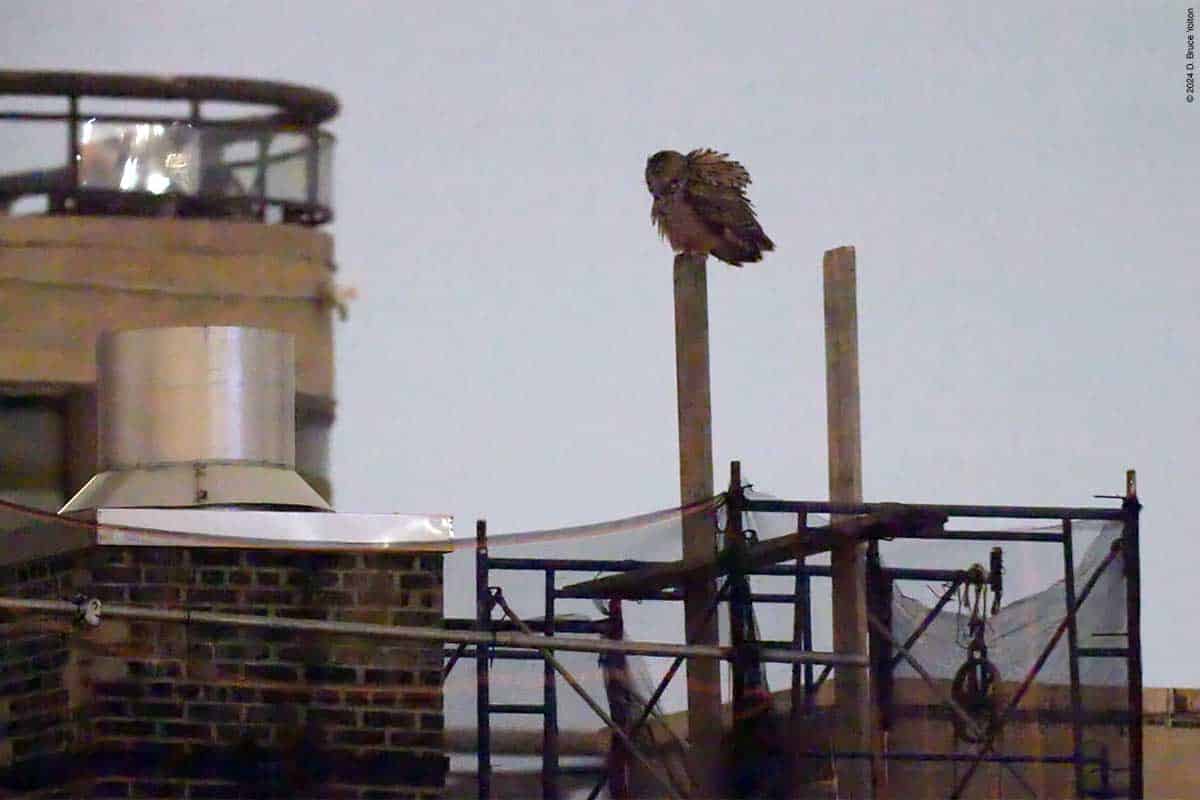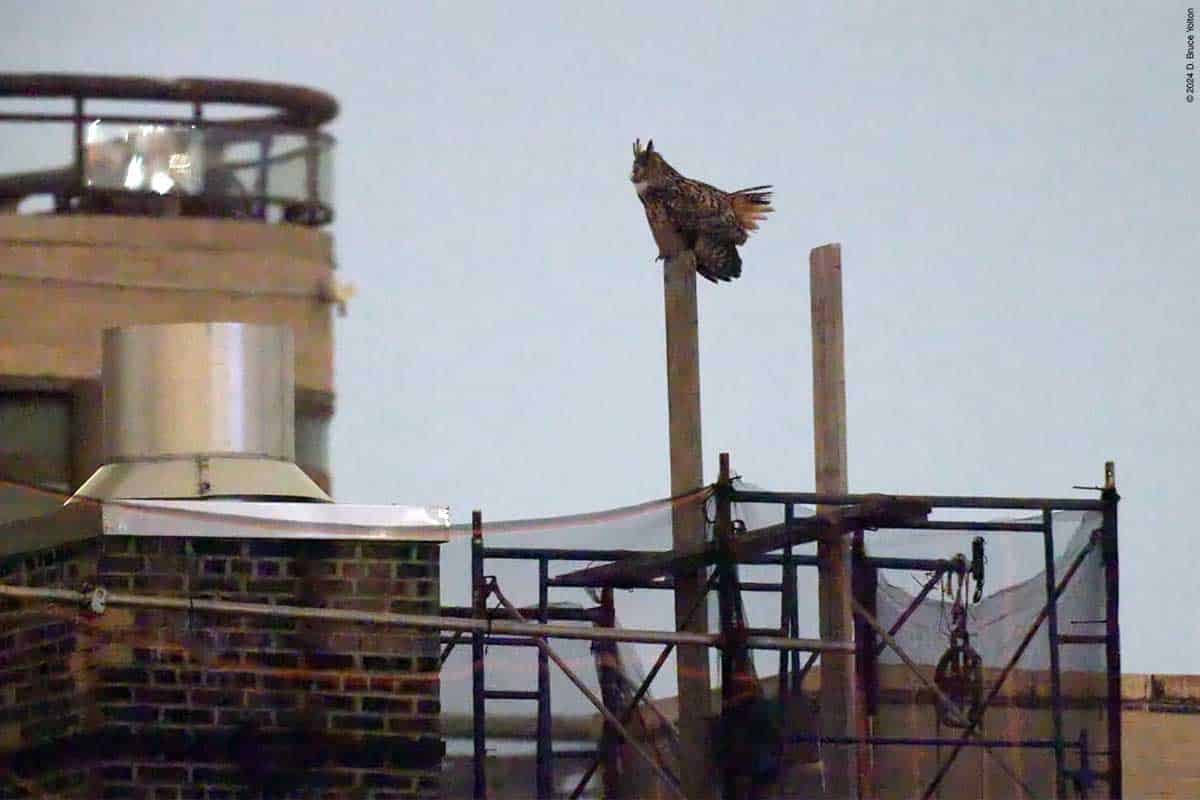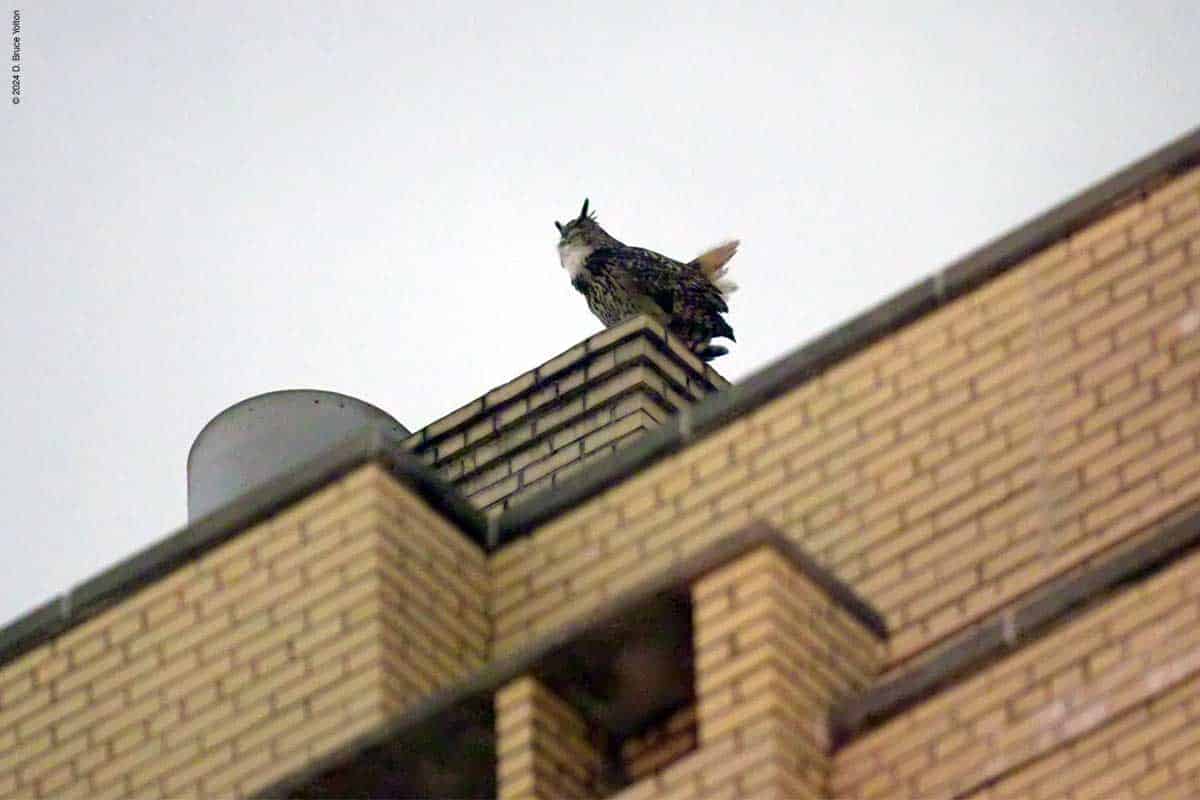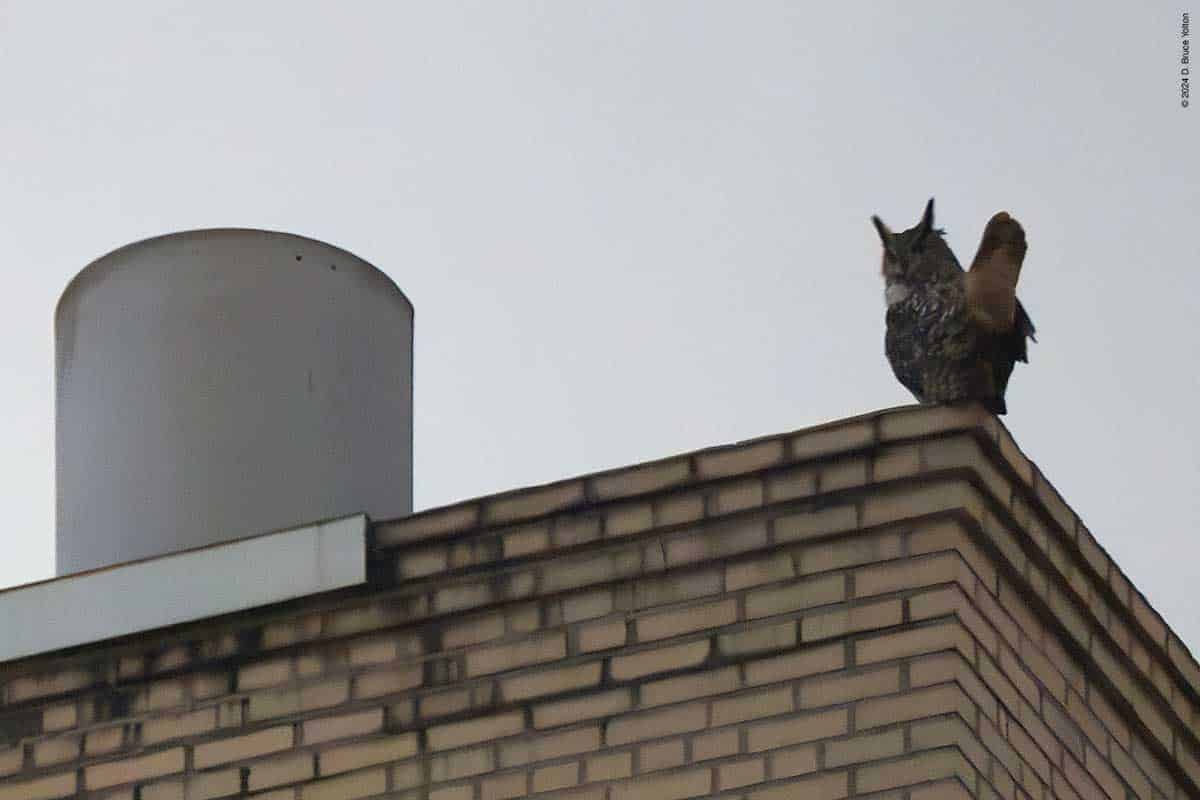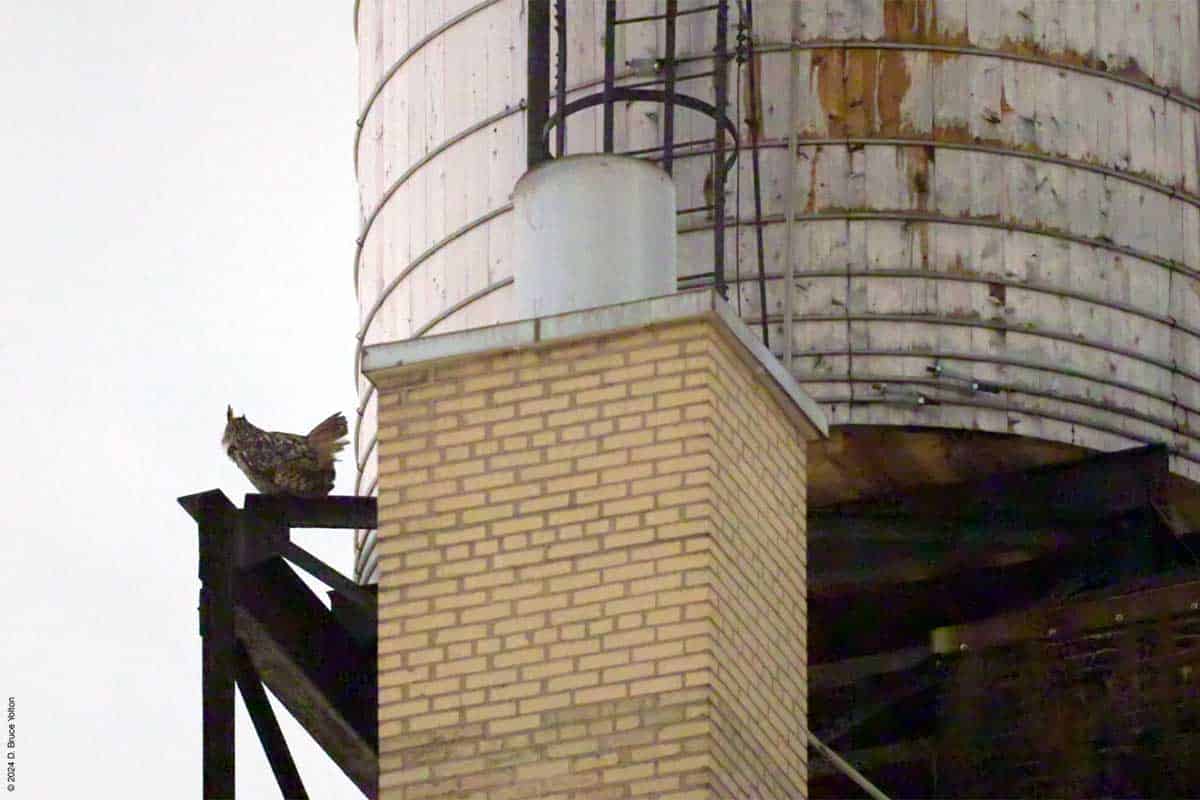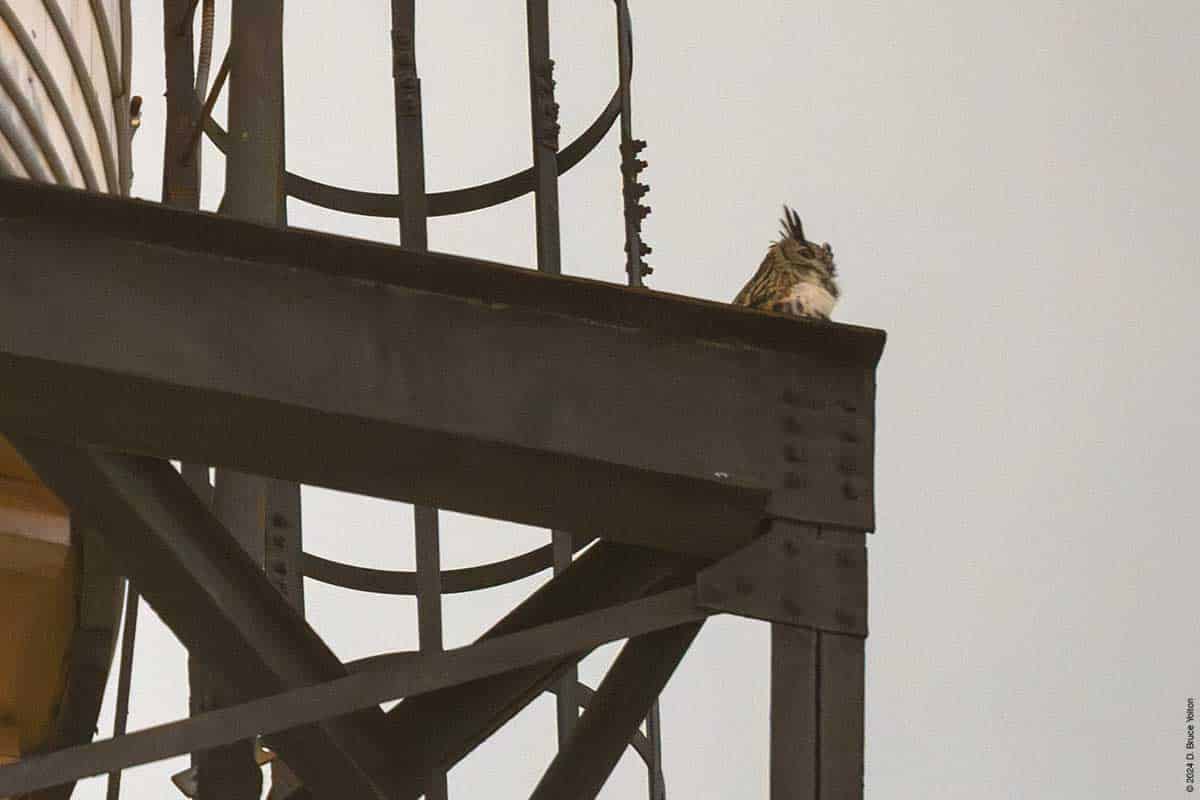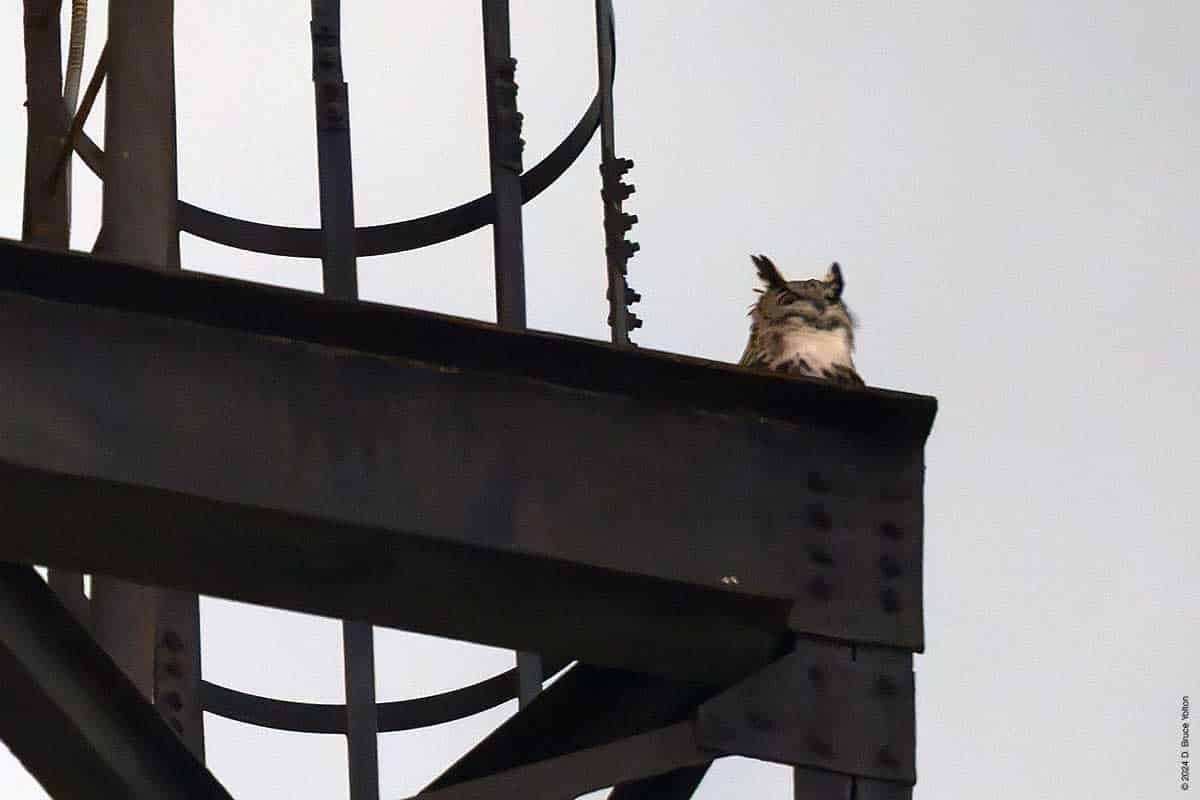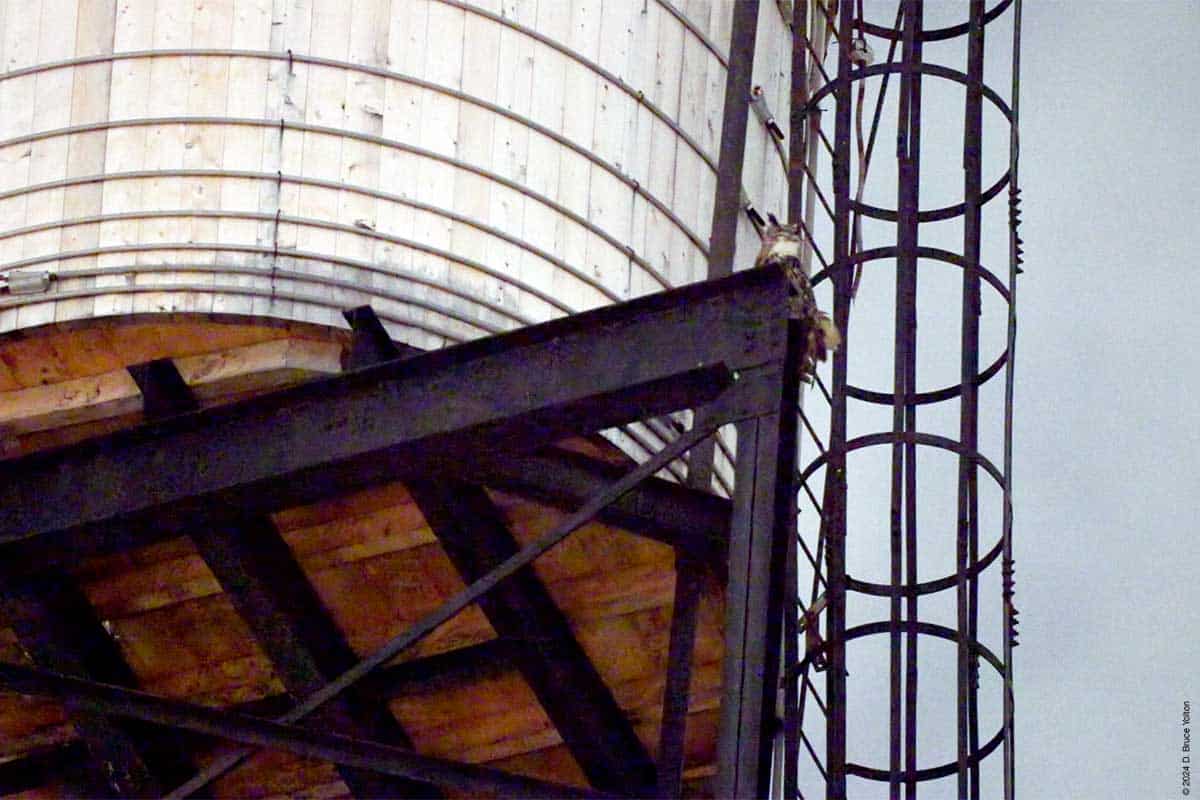Science Denial Killed Flaco
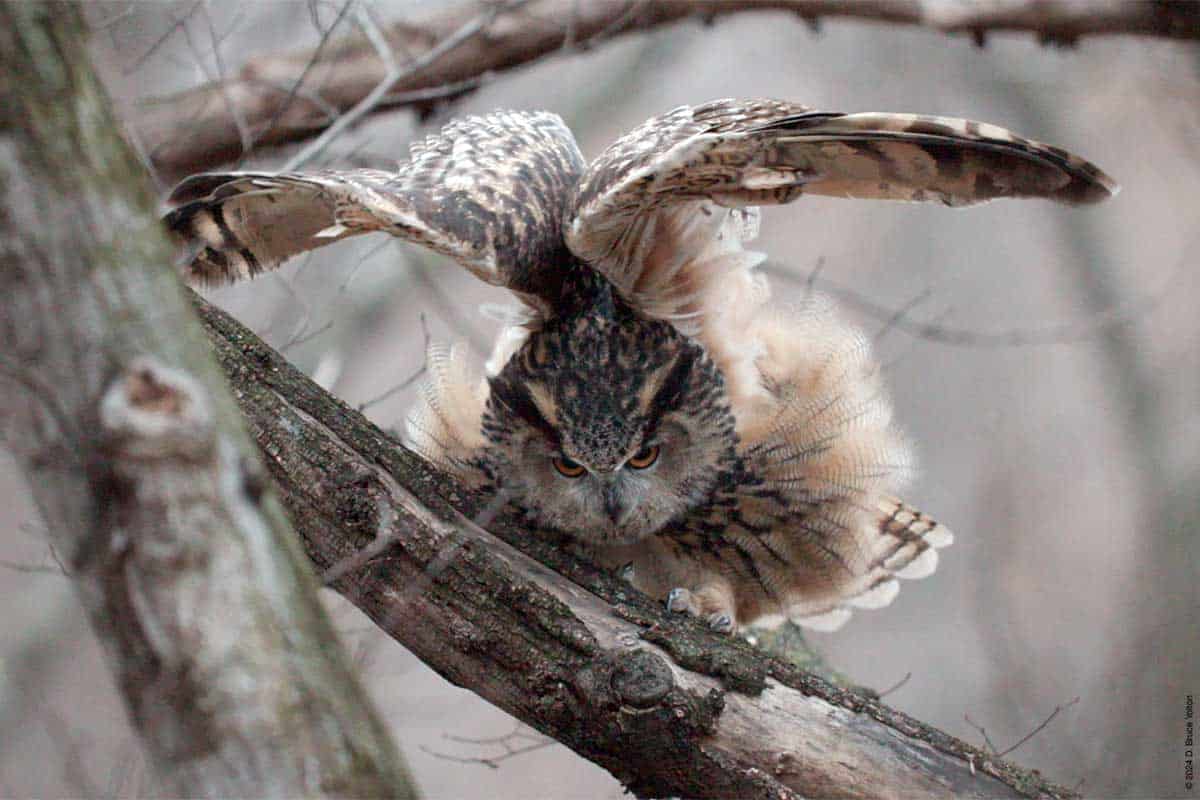
Flaco’s death wasn’t a window collision or some other cause. It was science denial.
To borrow the title from Davis Guggenheim’s film of Al Gore discussing climate change, Flaco’s story has an inconvenient truth. A Eurasian Eagle-Owl raised by humans and not native to North America, released into Manhattan would have a lifespan outside the zoo of less than eighteen months.
Flaco’s life outside of the zoo, was not a wonderful life where he was a free and wild bird. He was a feral bird in an urban purgatory where he would be alone forever. New Yorkers choose to ignore the risks Flaco would face in Manhattan, and the risk he might become to native wildlife.
It was much more fun to enjoy wonderful images of him, keep track of his location, read cute stories of him being a “Peeping Tom”, catch a glimpse of him, listen to him hooting or fantasize that he was living his “best life” flying free, than to work to recover him.
We selfishly ignored the truth and simply let him die. We did not love him.
We were intrigued and infatuated with him, but we failed to protect him. Even birders who knew the city was an unsafe place for Flaco, let their bias against captivity prevent them from speaking out. When the zoo announced after only two weeks that it was giving up on capturing Flaco, there should have been protests not celebration.
It was never a simple story of “zoo bad, freedom good”. Flaco could easily have been recaptured in the first few months, if the zoo had worked to control the narrative and had immediately hired the correct people. Once recovered, public pressure would have then forced the zoo to build Flaco a better enclosure or he could have been placed with an owl sanctuary. It was never a binary choice of a small cage or Manhattan.
The inconvenient truth got in the way of gaining social media followers, taking a photograph, publishing “feel good” news stories, filming a documentary, selling merchandise, painting murals, and protecting a zoo’s reputation.
A radical animal activist released him without considering the risks. It was the act of an anarchist, who was willing to cut short an owl’s life to prove a point. No large owl has lived in Manhattan for more than 18 months in the last few decades. Flaco wasn’t being released to some alpine forest. Flaco was simply being used as a pawn in a battle over zoos.
This radical animal activist was celebrated as a hero by many. Would we celebrate someone letting a parrot out of its cage, or dumping a house cat in Central Park? No. So, why did we celebrate Flaco’s release? And why did we applaud an anarchist?
Flaco’s fate was sealed during the first two weeks of his life outside the zoo. A perfect storm of a social media influencer who loved to be in front of television cameras while pretending to be an expert, the media looking for that happy and positive special interest story and a zoo administration without a leader with a P.R. policy of non-engagement, turned the public from understanding that Flaco need to be captured to wanting him to stay free.
After Flaco’s release from the zoo, any media publicity, especially publicity that would invite the public to watch any rescue efforts would hamper his capture.
However, this occurred due to a campaign by David Barrett via his X account, the Manhattan Bird Alert, to cast Flaco’s release not as a misguided criminal act, but as a chance for an invasive species to live happily in New York City. David Barrett, as he did with a Mandarin Duck, Snowy Owl and a Barred Owl, has a habit of turning birds into celebrities, not for the benefit of the bird, but to promote his social media account and to get himself in the print and television media.
The media got duped by David Barrett and others with Flaco. Major media outlets, including The New York Time and the Wall Street Journal assigned metro desk reporters, not reporters who normally covered science and nature topics to cover Flaco. Reporters treated the story as an urban phenomenon, rather than focusing on what was the right action to protect Flaco and the native species he would interact with.
How different would the reporting have been in The New York Times if the story had gotten covered by someone on the Science Times staff? We would have had real experts telling the truth about Flaco’s future outside of the zoo rather than a social media influencer shaping a self-serving narrative. It wouldn’t have been an upbeat story, but it would have put pressure on the zoo to recover Flaco.
The zoo, which only had an acting President after Cristián Samper’s departure, chose not to have a spokesperson present the zoo’s position and gain public support. Their employees are all under NDAs and the Wildlife Conservation Society (WCS) has a “don’t engage” policy regarding animal activists. Their only public comments before his death were three press releases and I believe one tweet from Robert G. “Robb” Menzi, then acting President of WCS. They quickly lost control of public opinion and doomed Flaco to an early death.
The crowds David Barrett sent to the first few rescues made it impossible to catch Flaco. Especially on the first real attempt to catch him on the Hechsher Ballfields. He would have been caught if it wasn’t for the public that was invited by David Barrett to come watch Flaco. Just before dusk with only five people watching Flaco’s roost, David Barrett sent a tweet with Flaco’s location and thirty people arrived within minutes and David Barrett continued to broadcast Flaco’s minute-by-minute location throughout the evening. If David Barrett was an ethical person, he would have asked people to avoid the ballfields to allow the WCS team to work. Instead, with crowds of people, Flaco only made one real attempt to come down to the traps, and by some bad luck managed to free himself from the trap. Later that night, he was seen catching his first rat making the future rescue efforts harder.
The next week at the last rescue attempt, a rehabber and the zoo staff were very, very close to capturing Flaco. The WCS had finally gotten an expert rehabber, who knew how to use audio recordings in addition to traps to capture Flaco. However, David Barrett baited a “Free Flaco” follower into harassing the rescue efforts and they had to be halted. This rehabber even got death threats!
So, the acting president of the zoo, Robert G. “Robb” Menzi, choose to halt all rescue efforts after only two weeks, against the advice of the Central Park Zoo staff. Clearly, public relations took precedence over science.
The public and the media believes that the zoo just gave up, because after beginning to hunt on his own, Flaco was too hard to catch. This is simply not true. He could have been caught up until he left Central Park.
I talked to the rehabber working to return Flaco to safety early that last evening. I asked him, “Whose side are you on, those who want Flaco to be free or the zoo?” His answer was perfect. He looked at me and said, “I’m on Flaco’s side.”
It’s too bad more of us hadn’t been on Flaco’s side.
